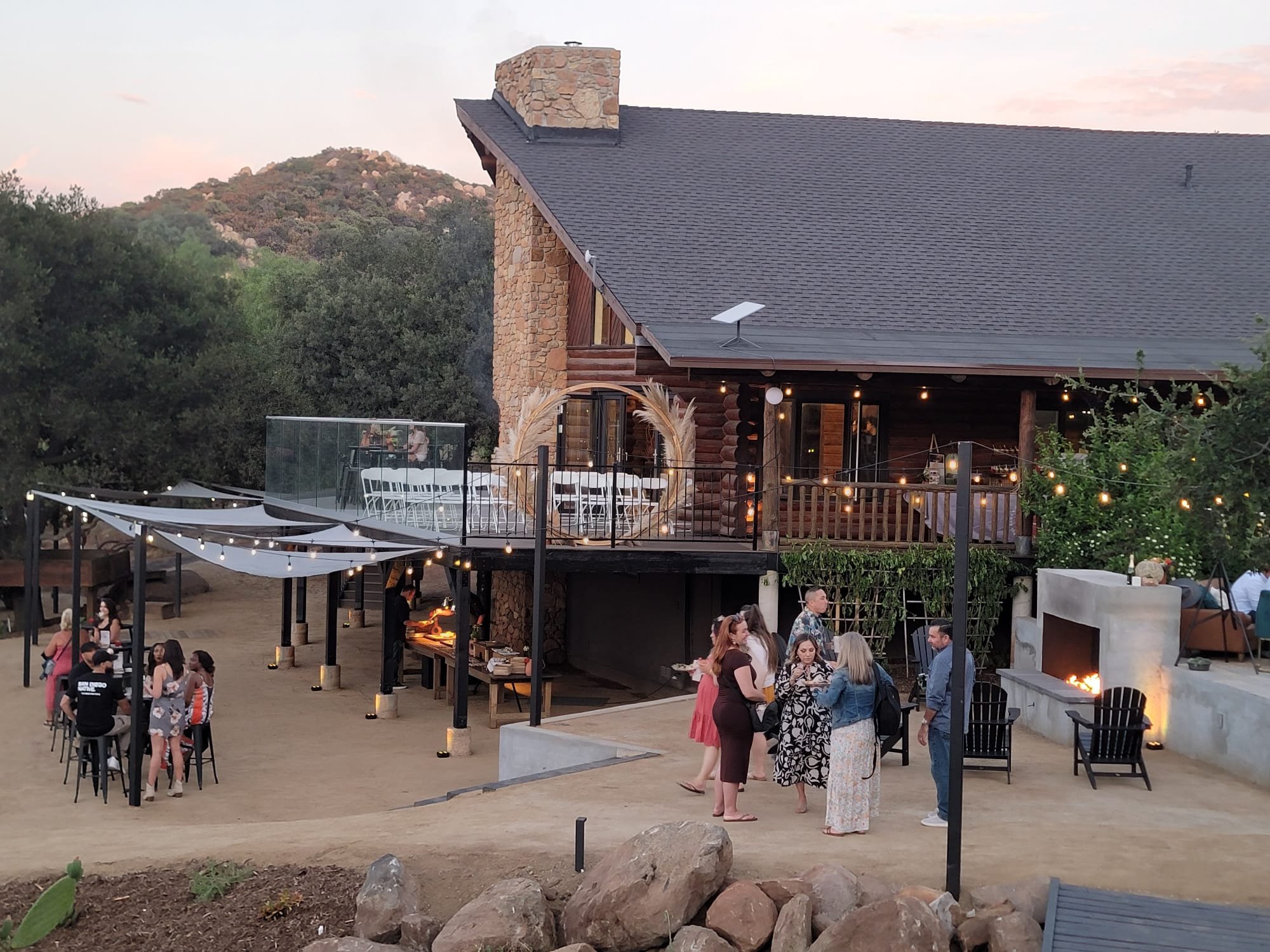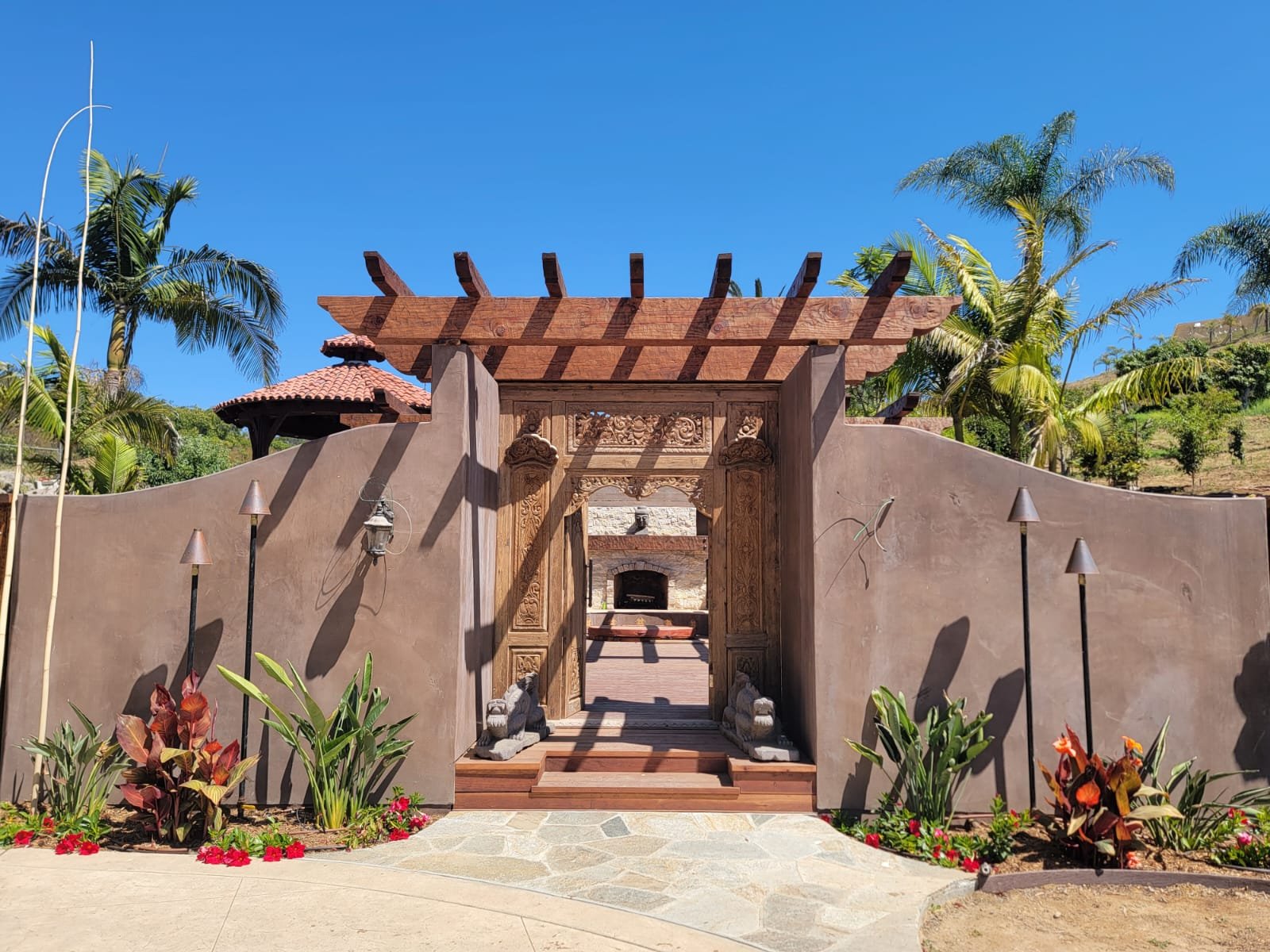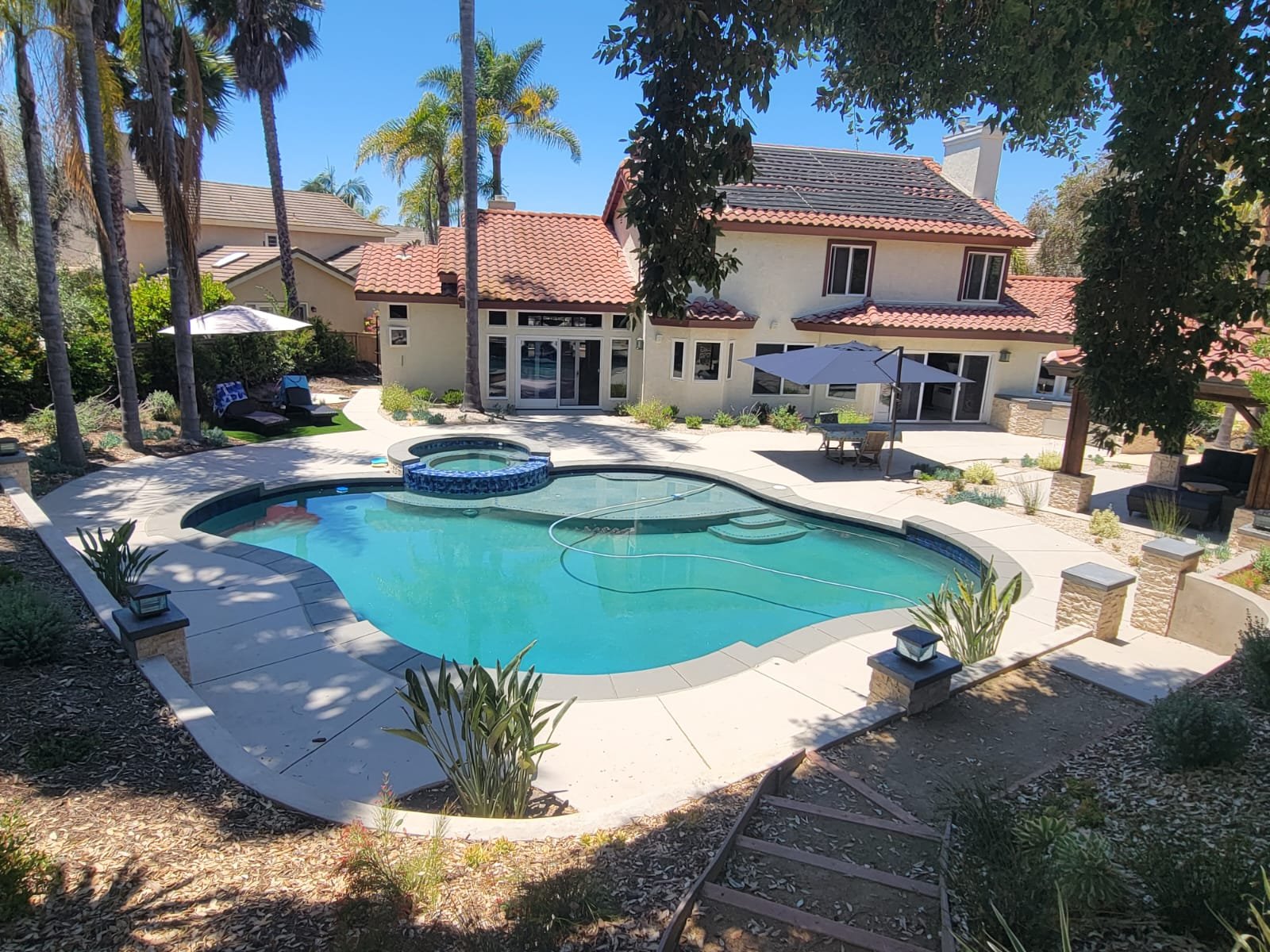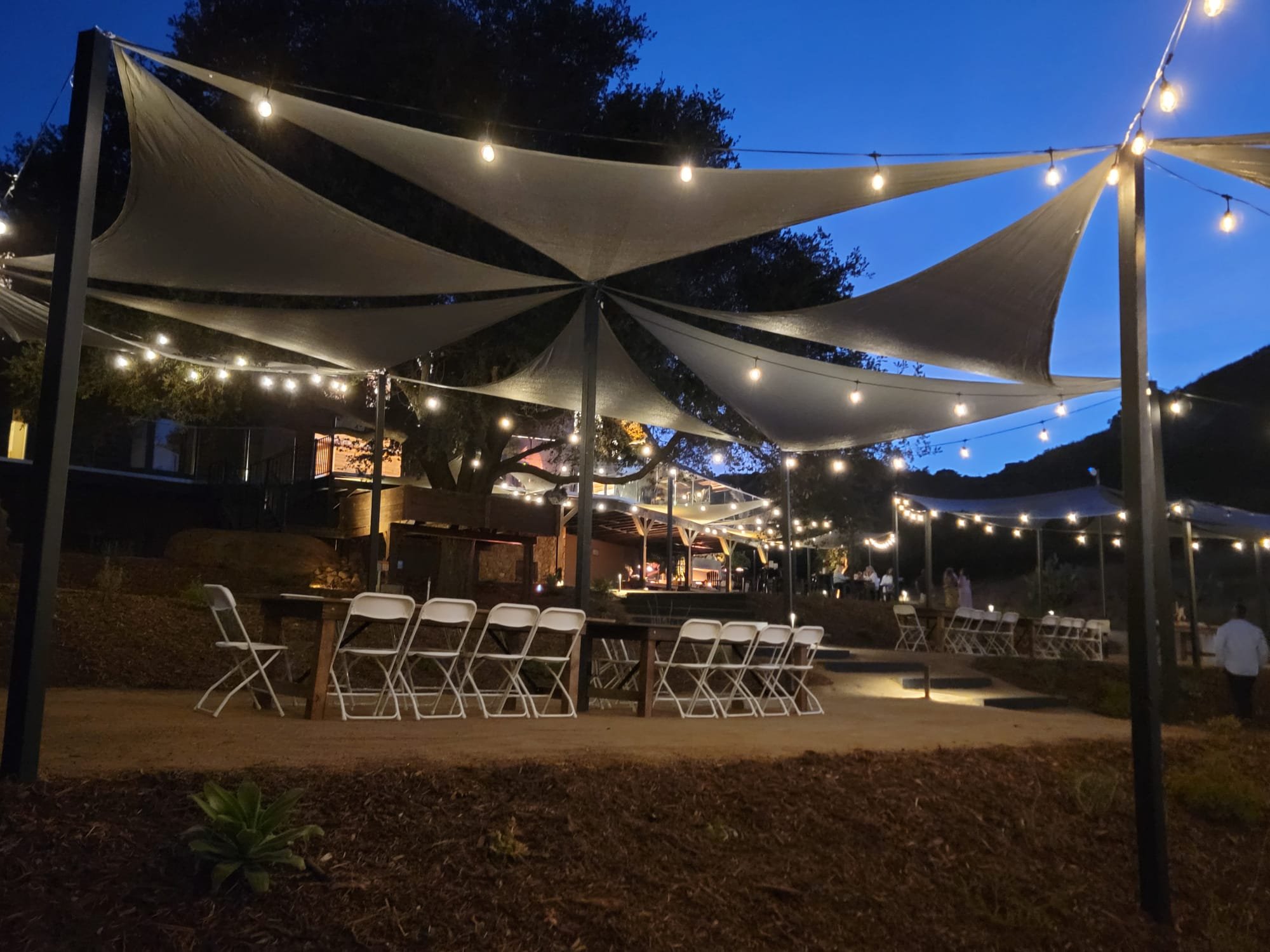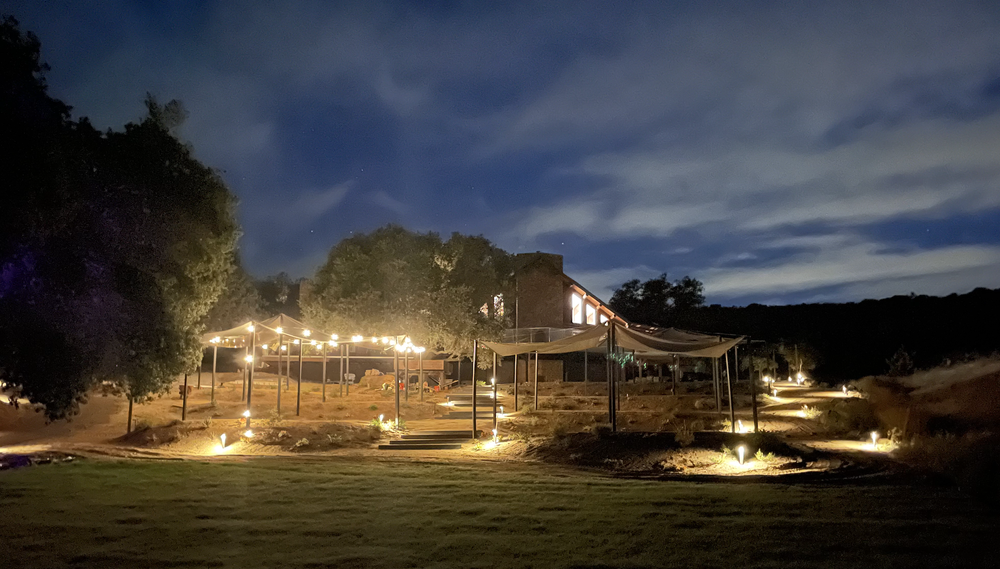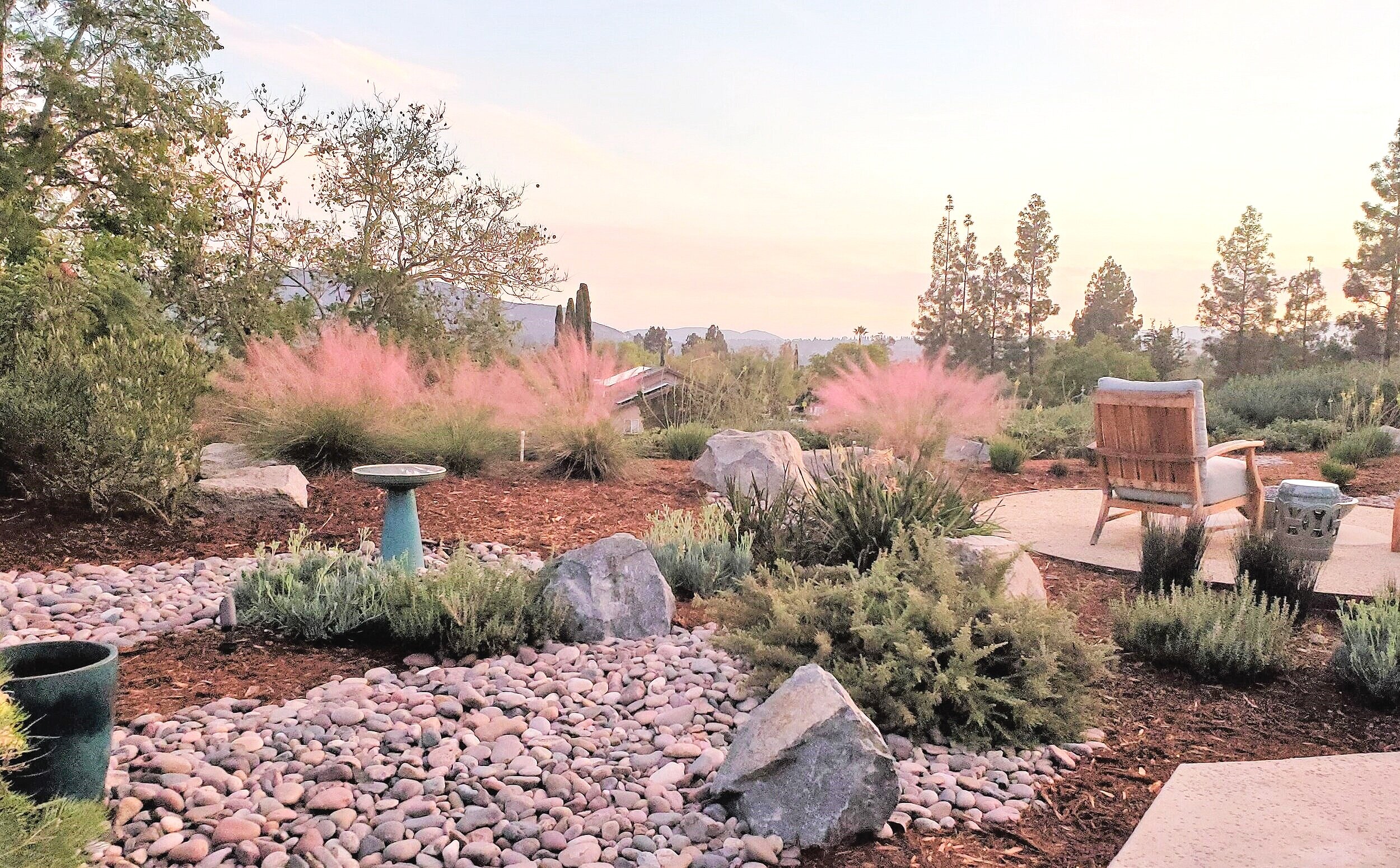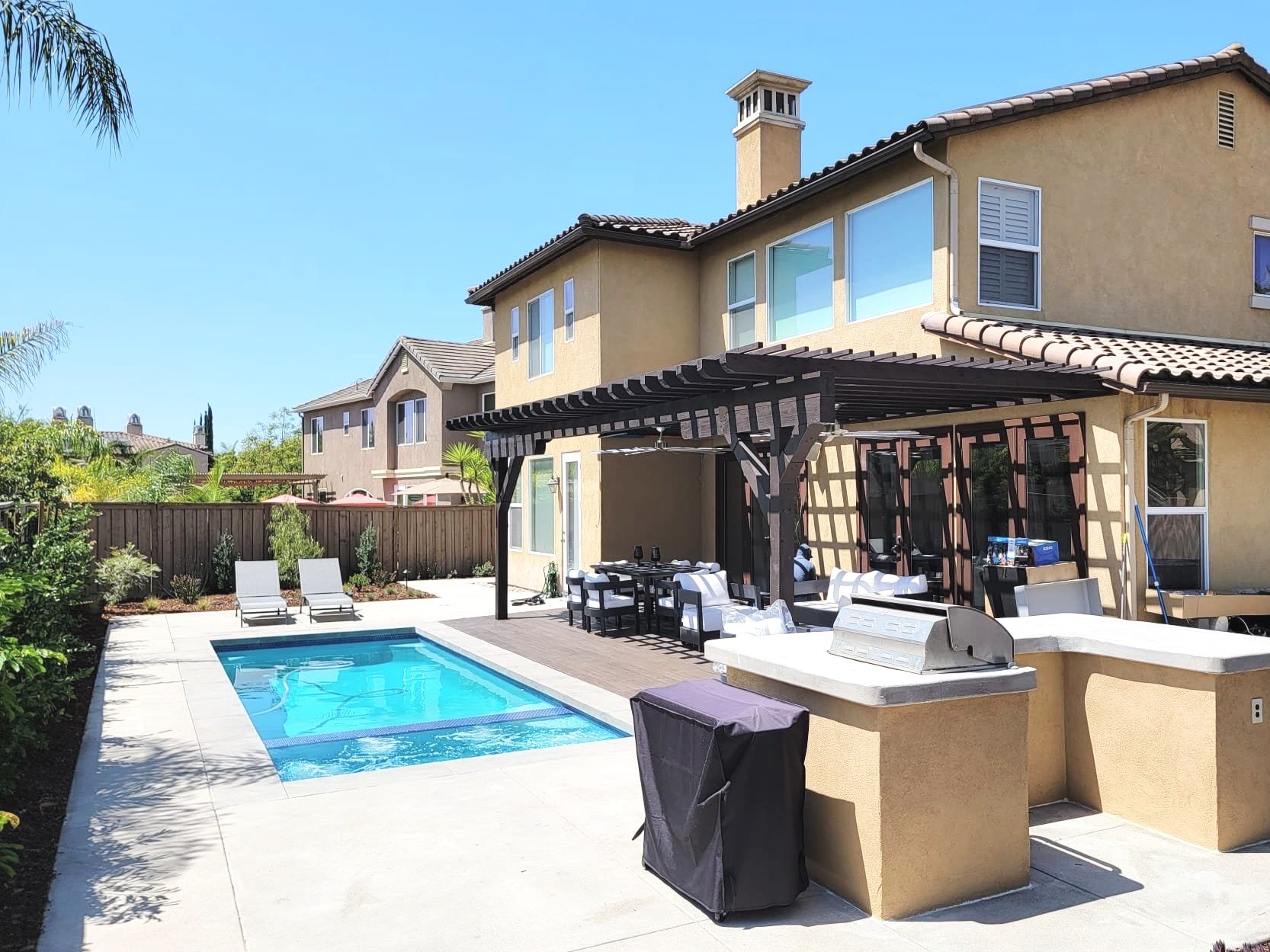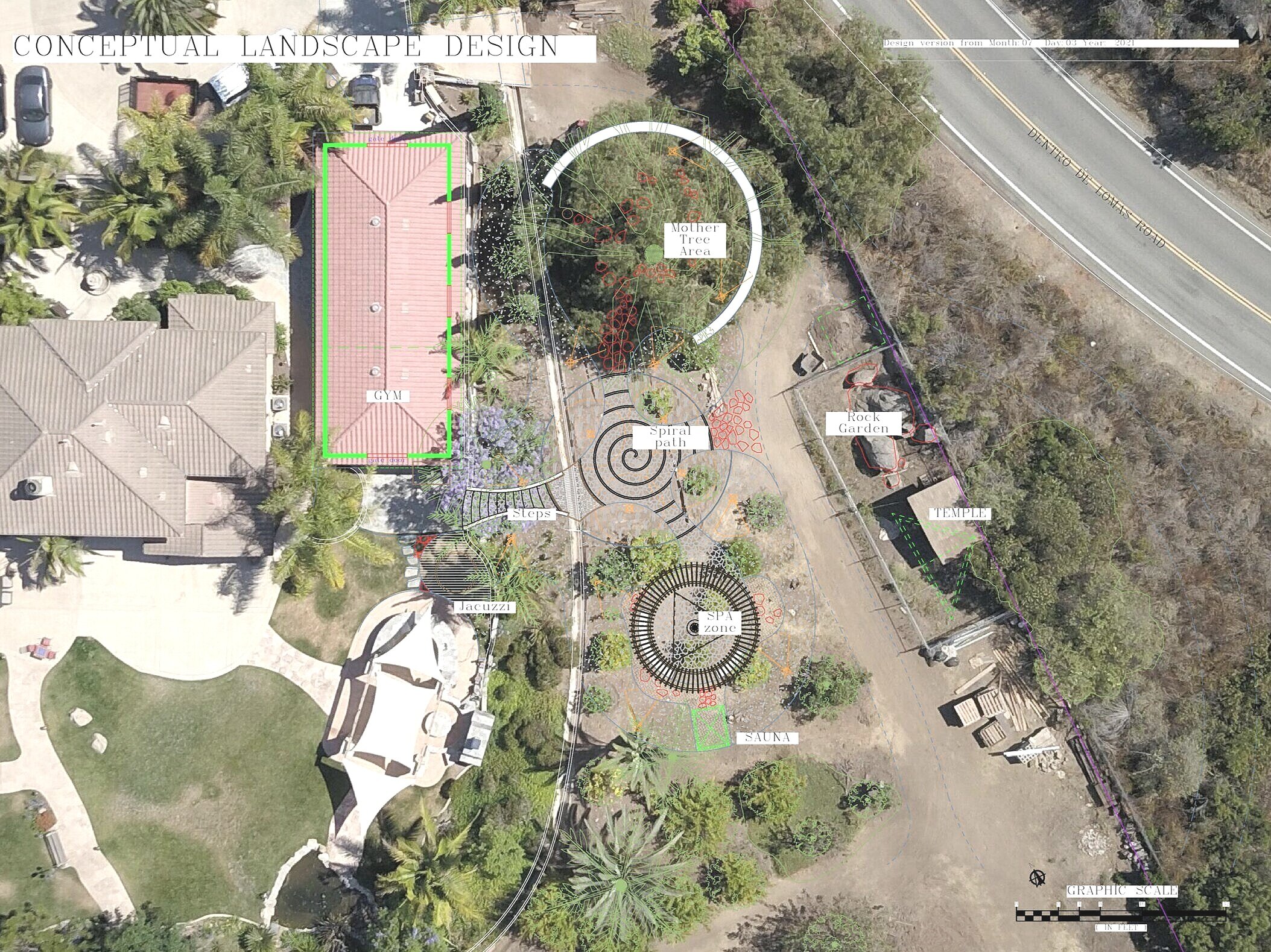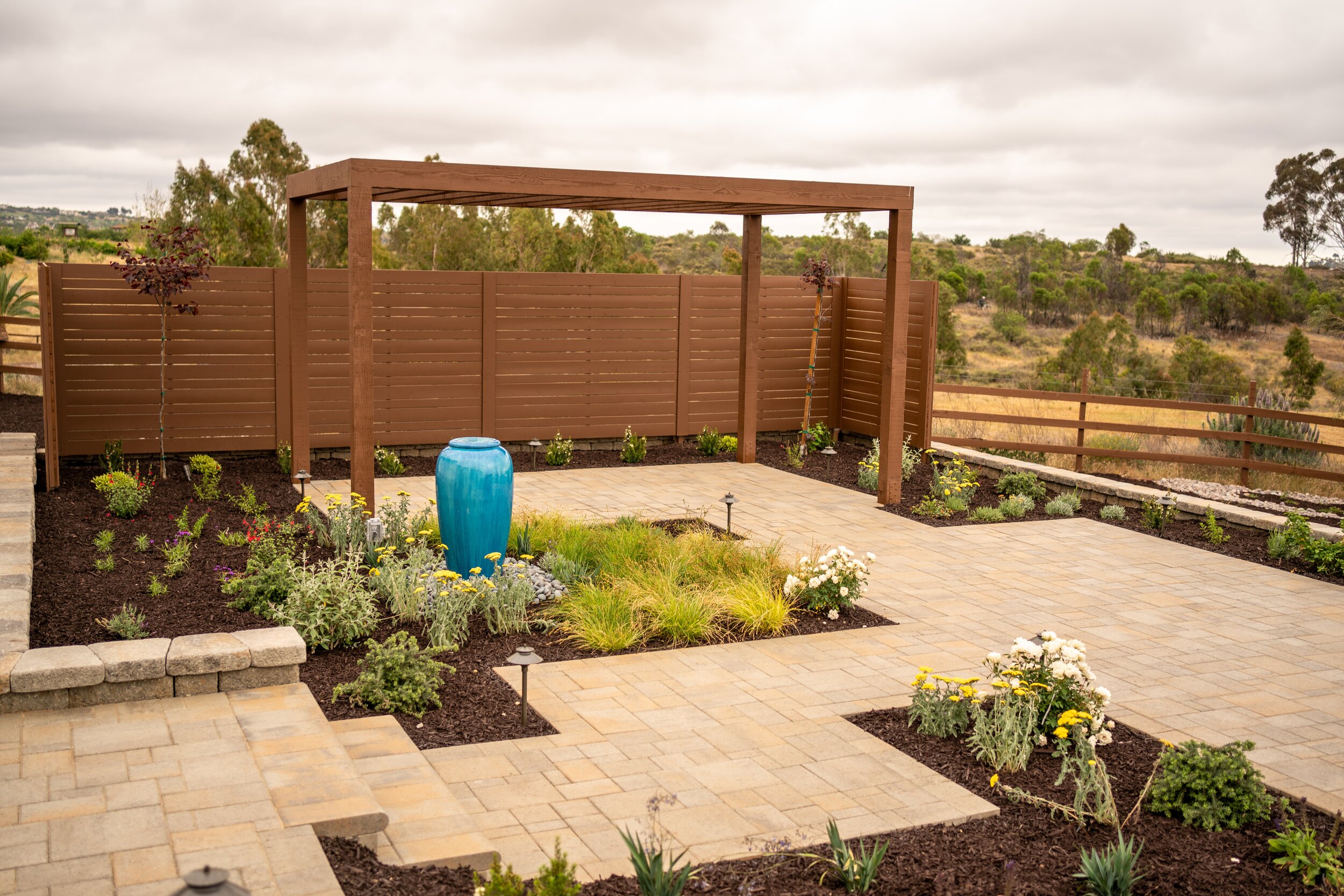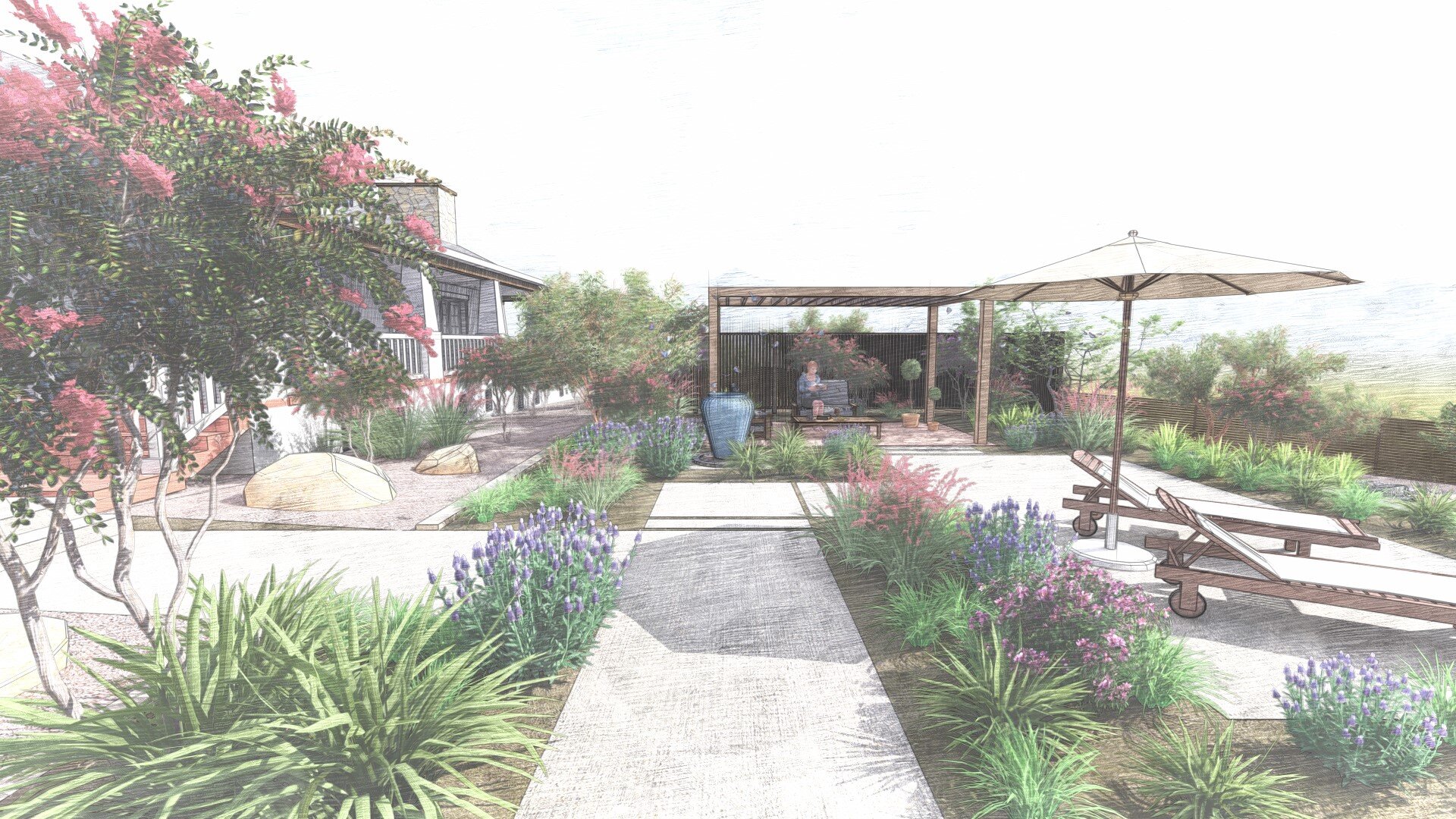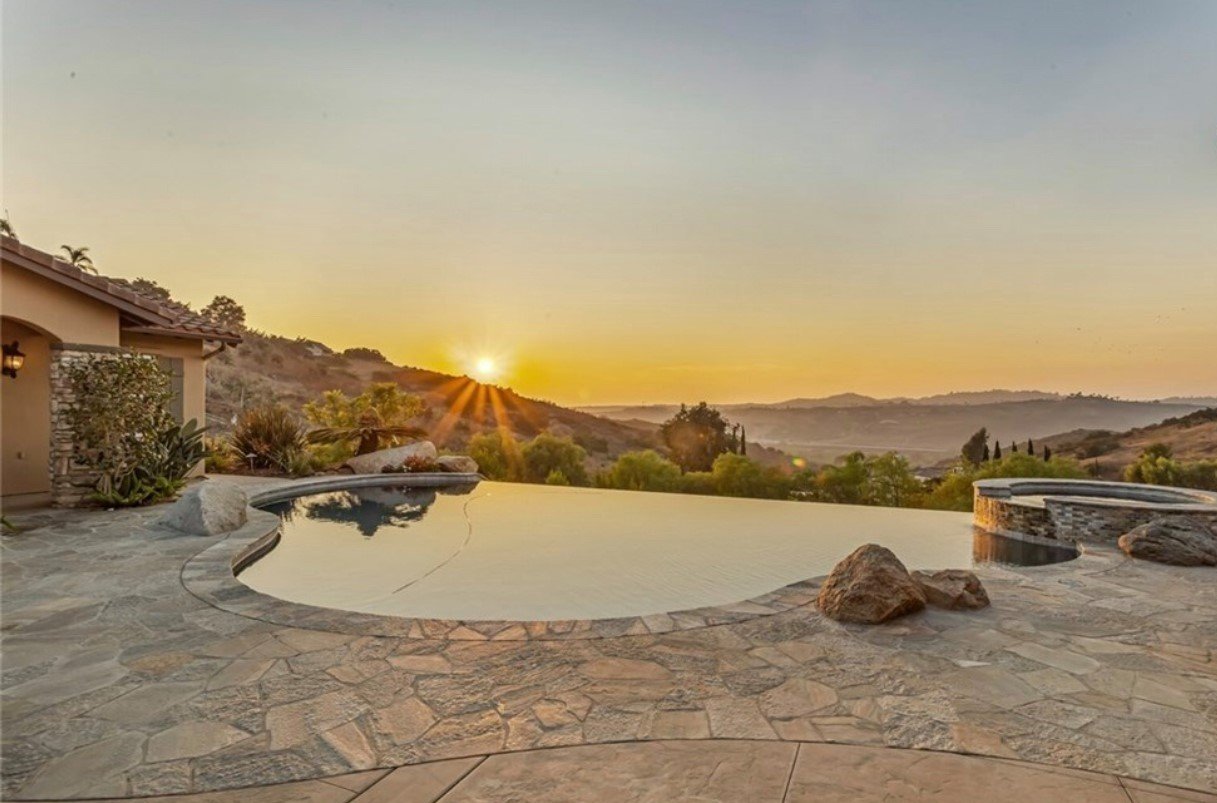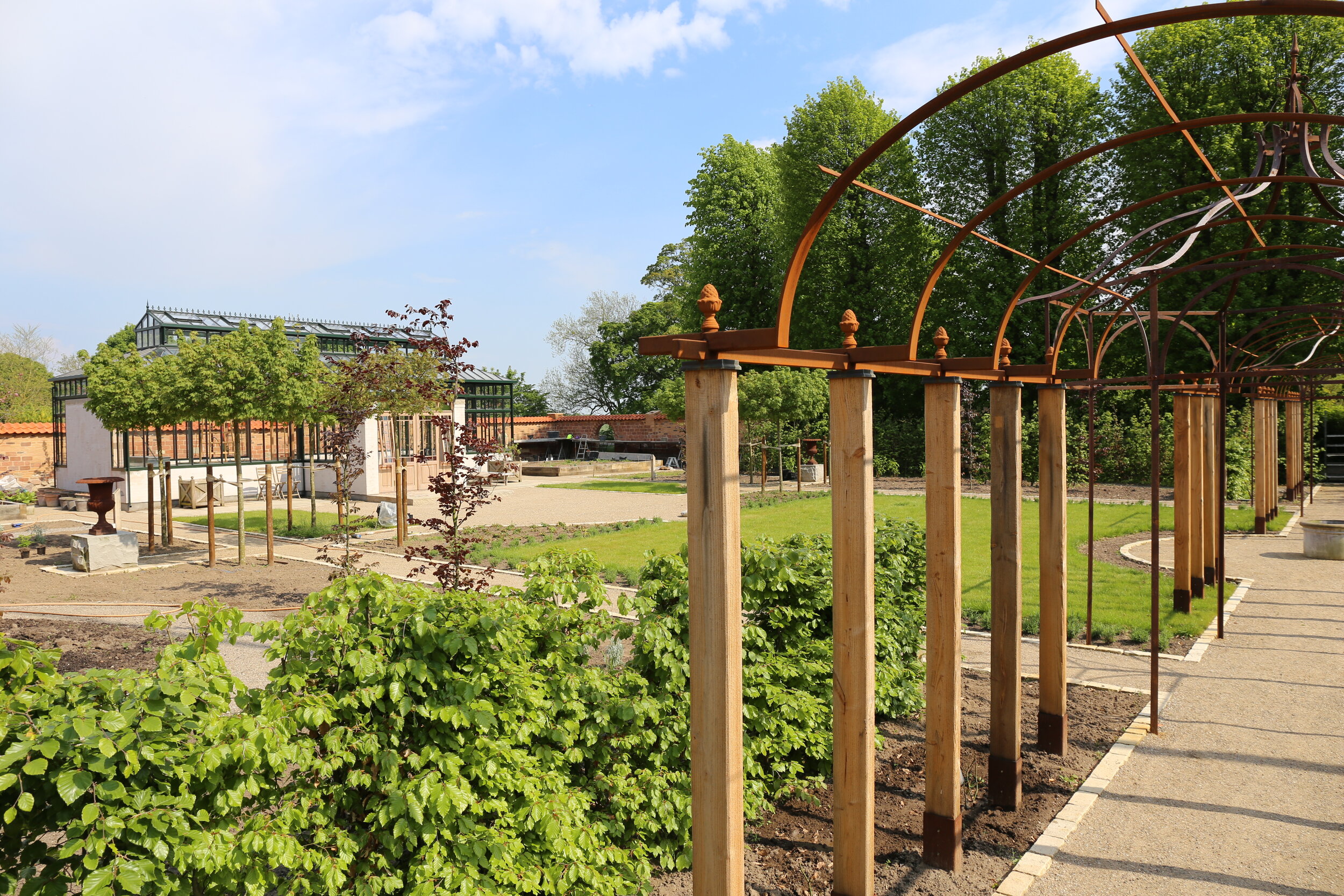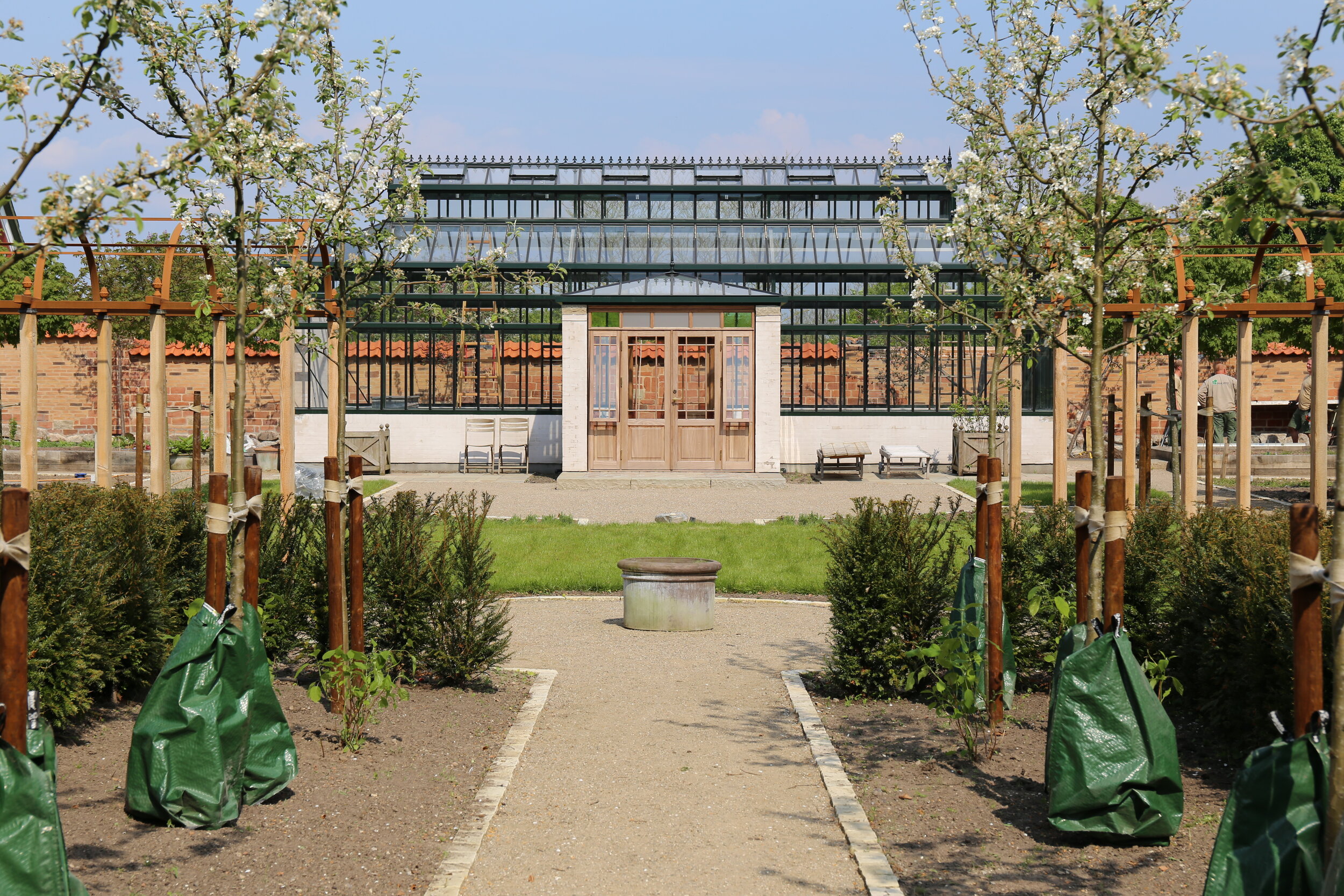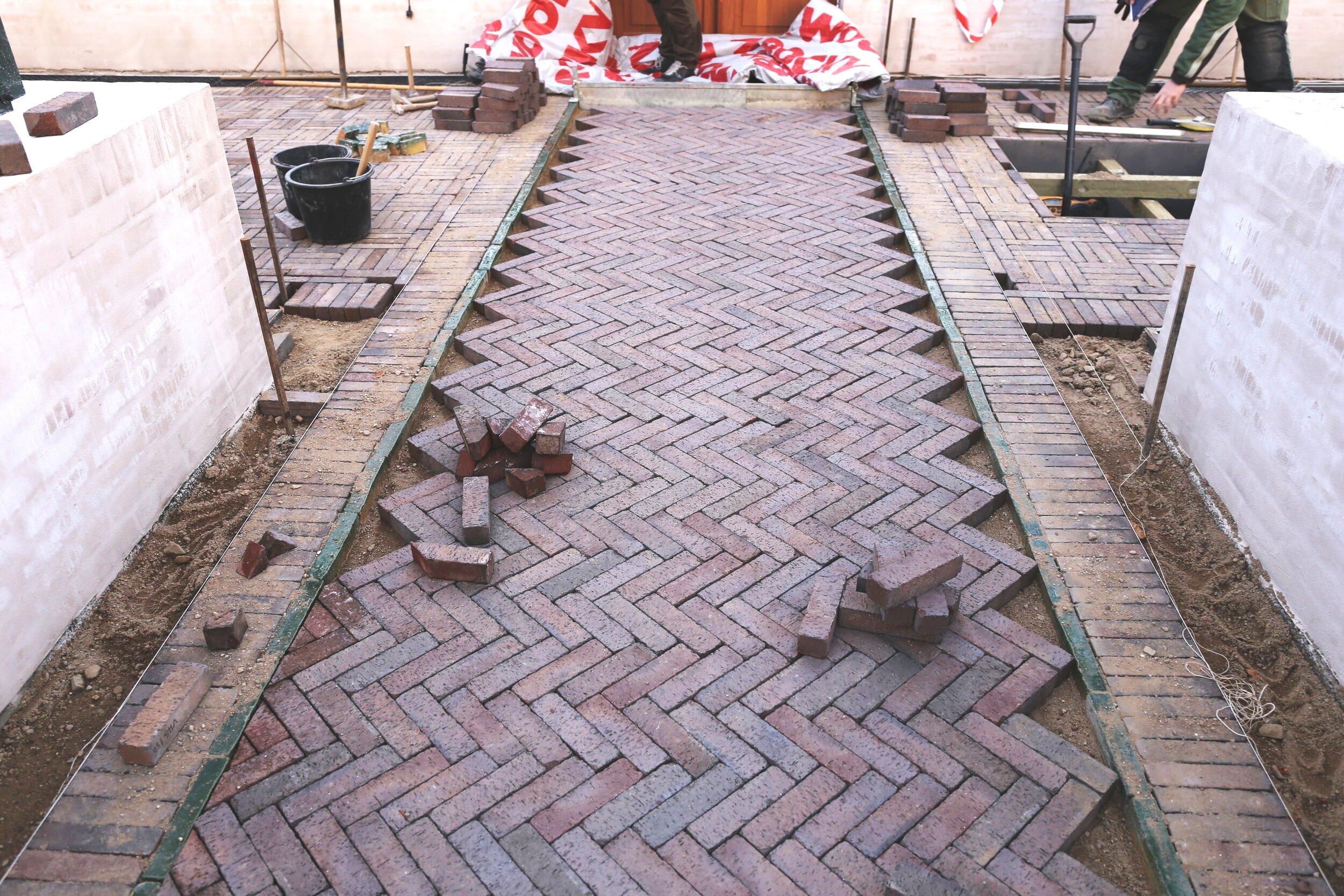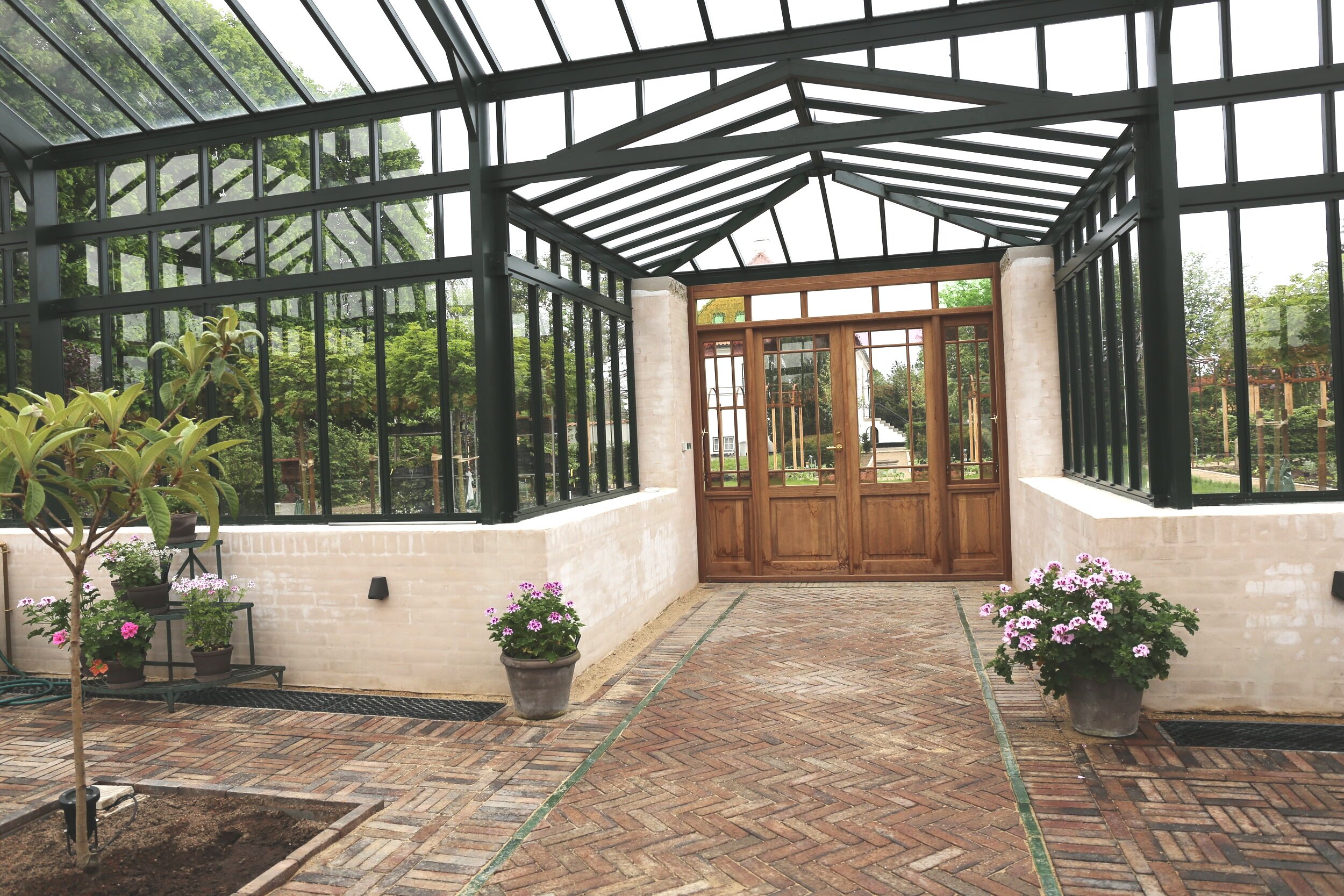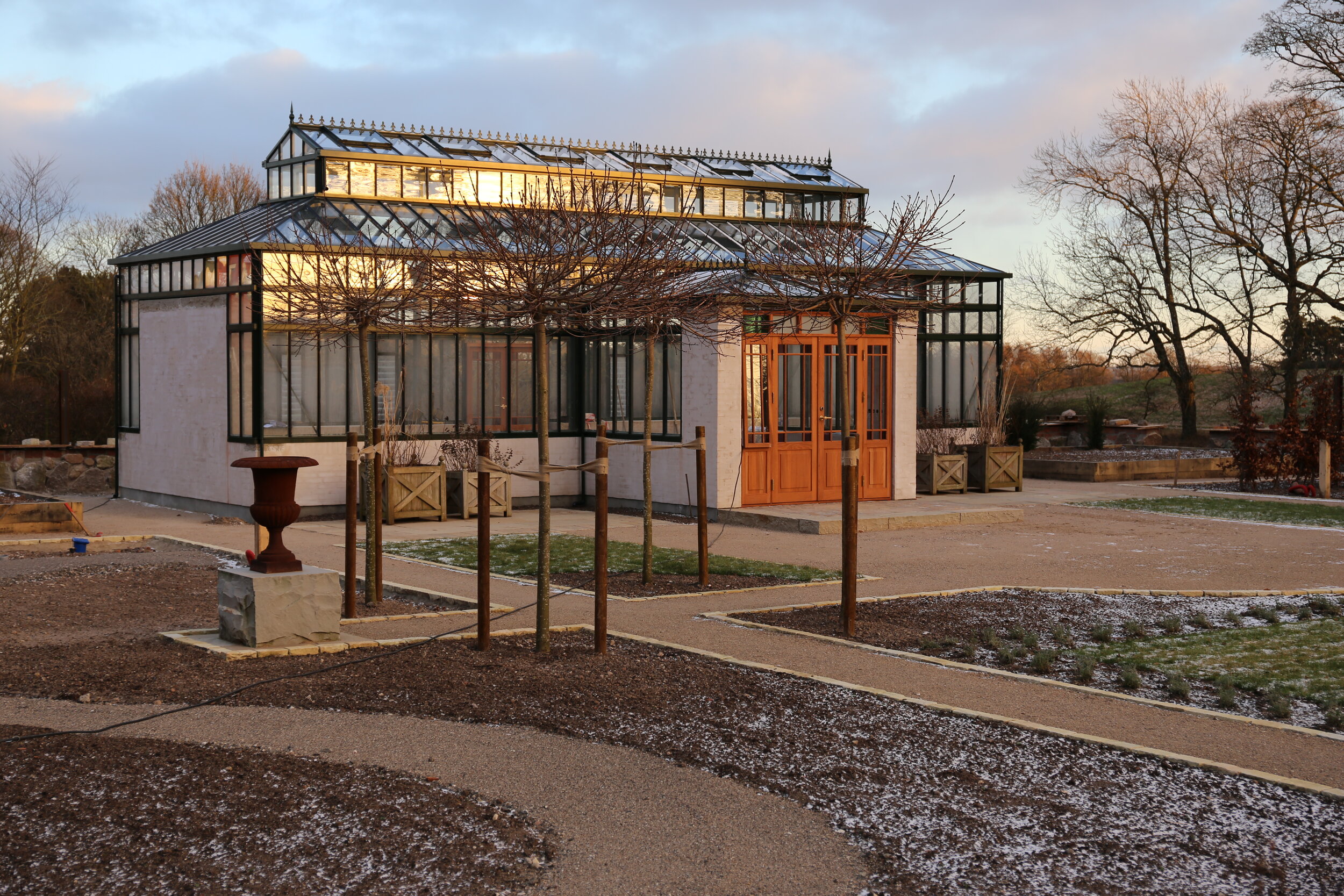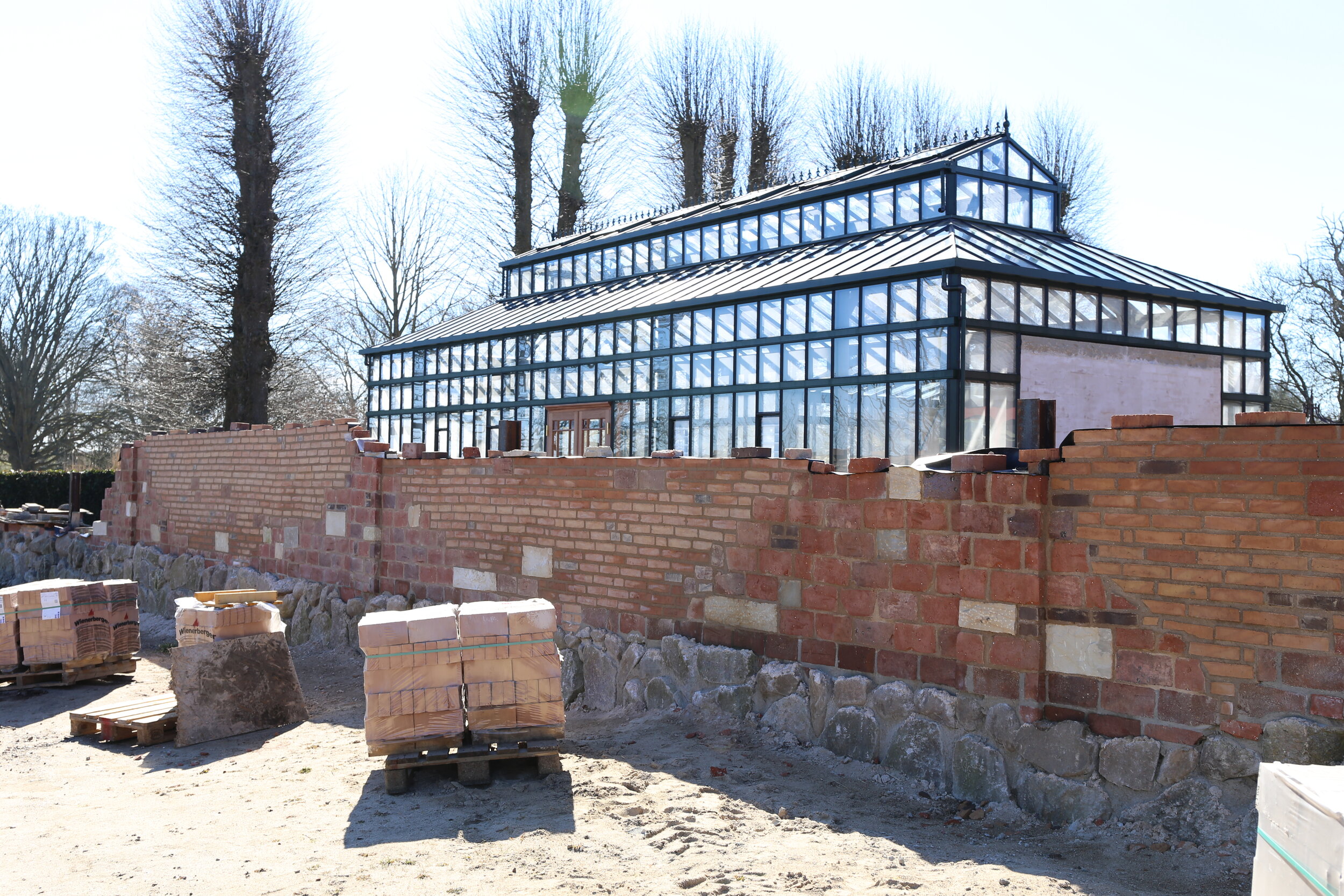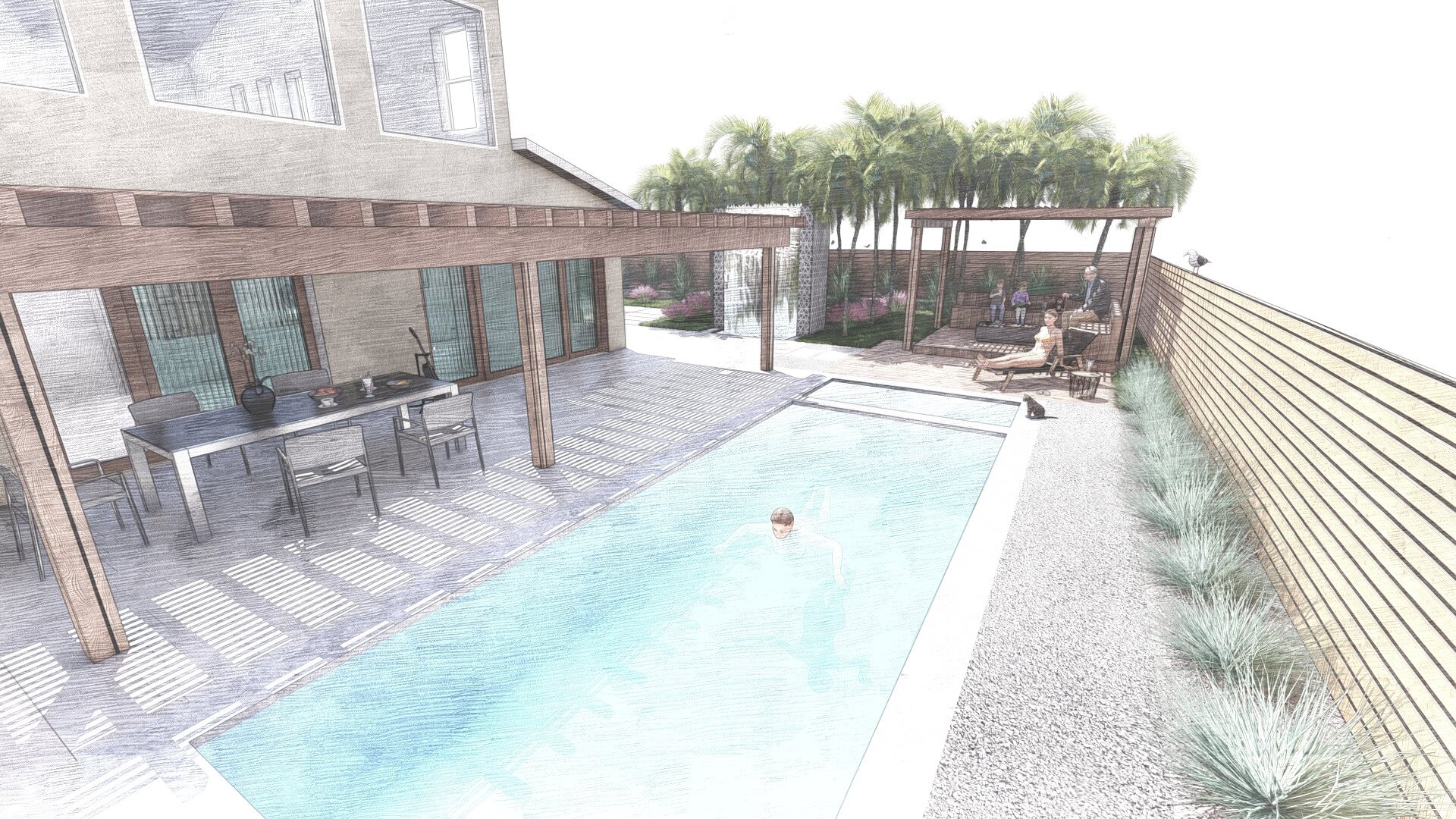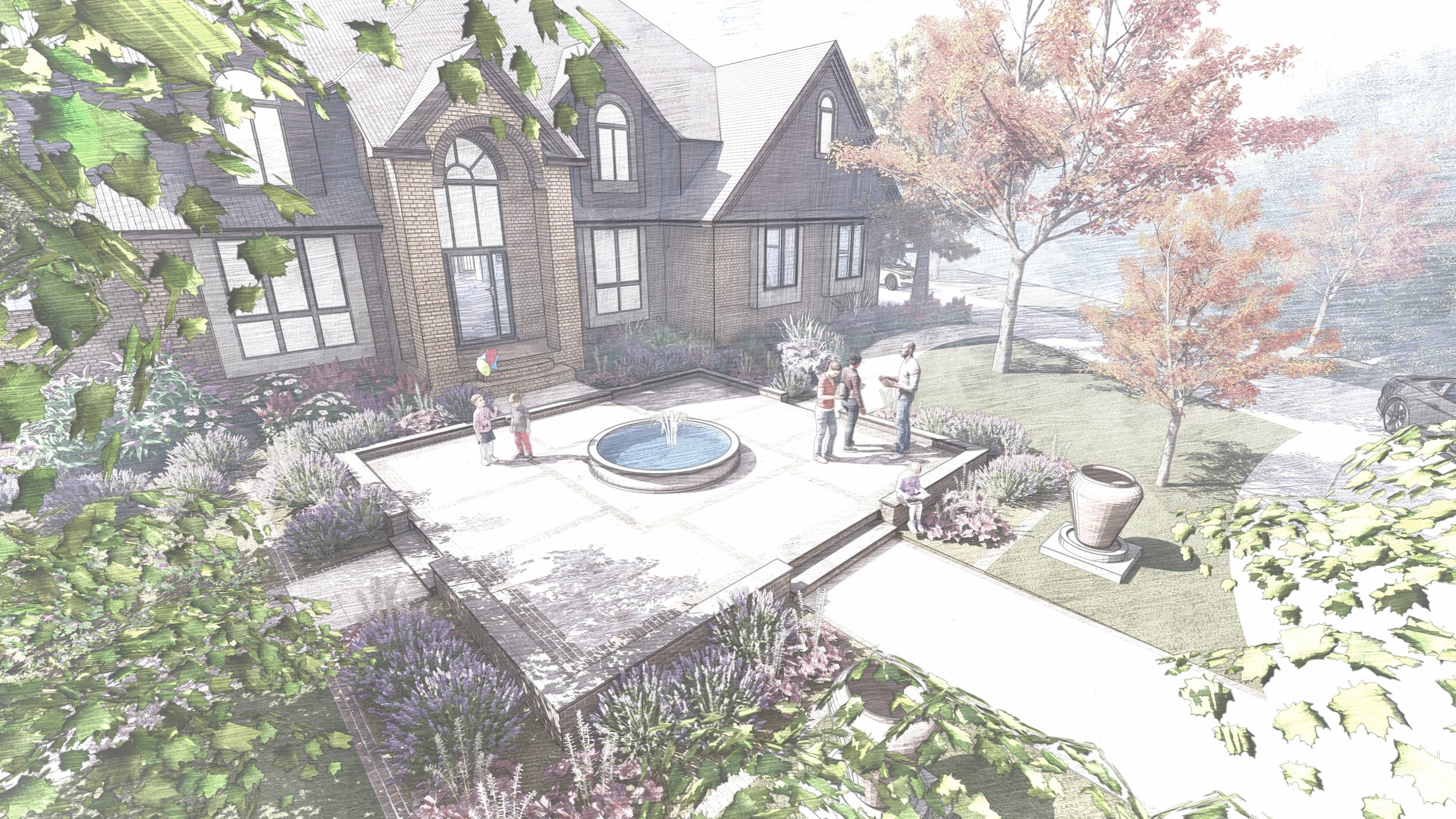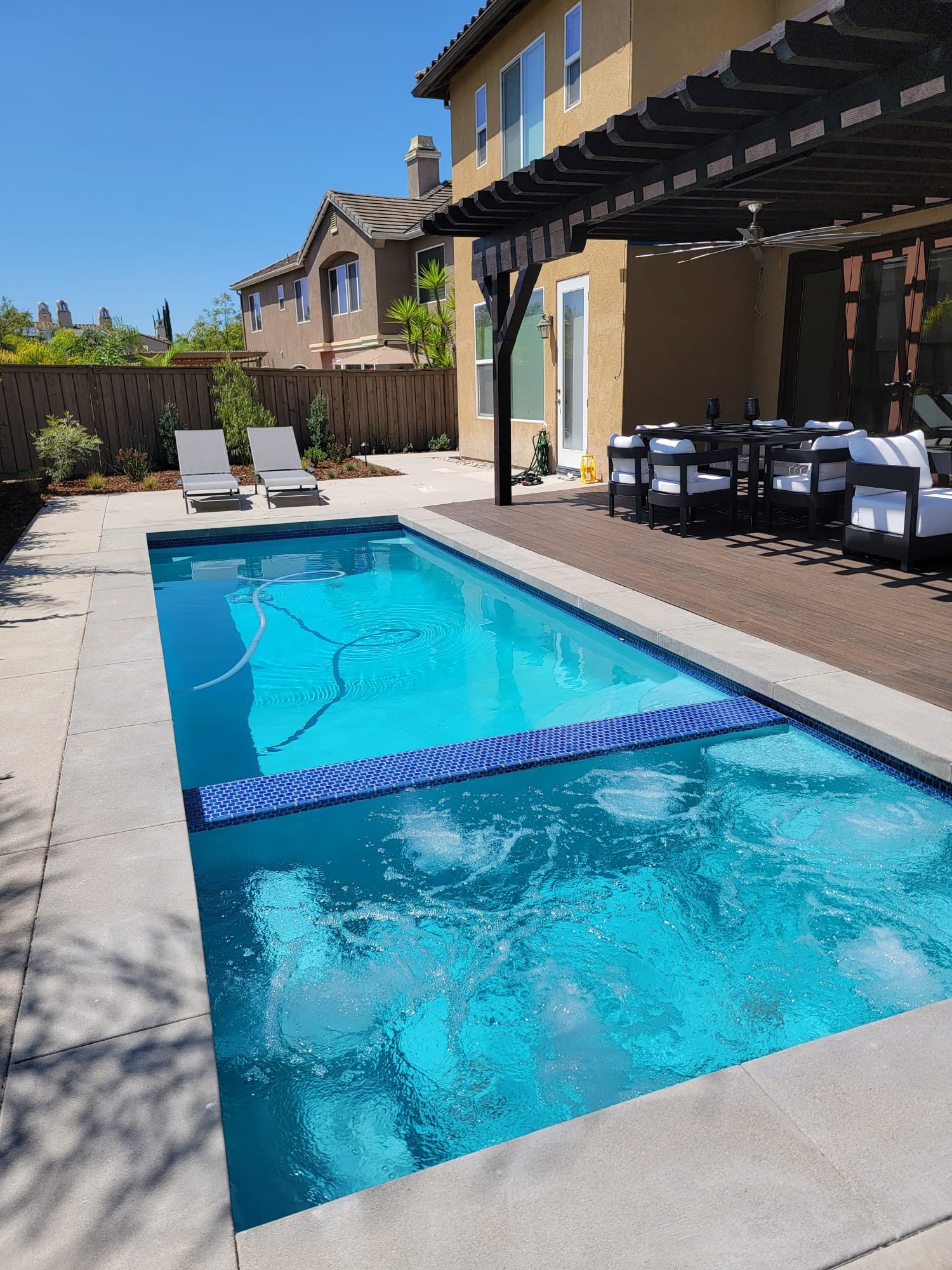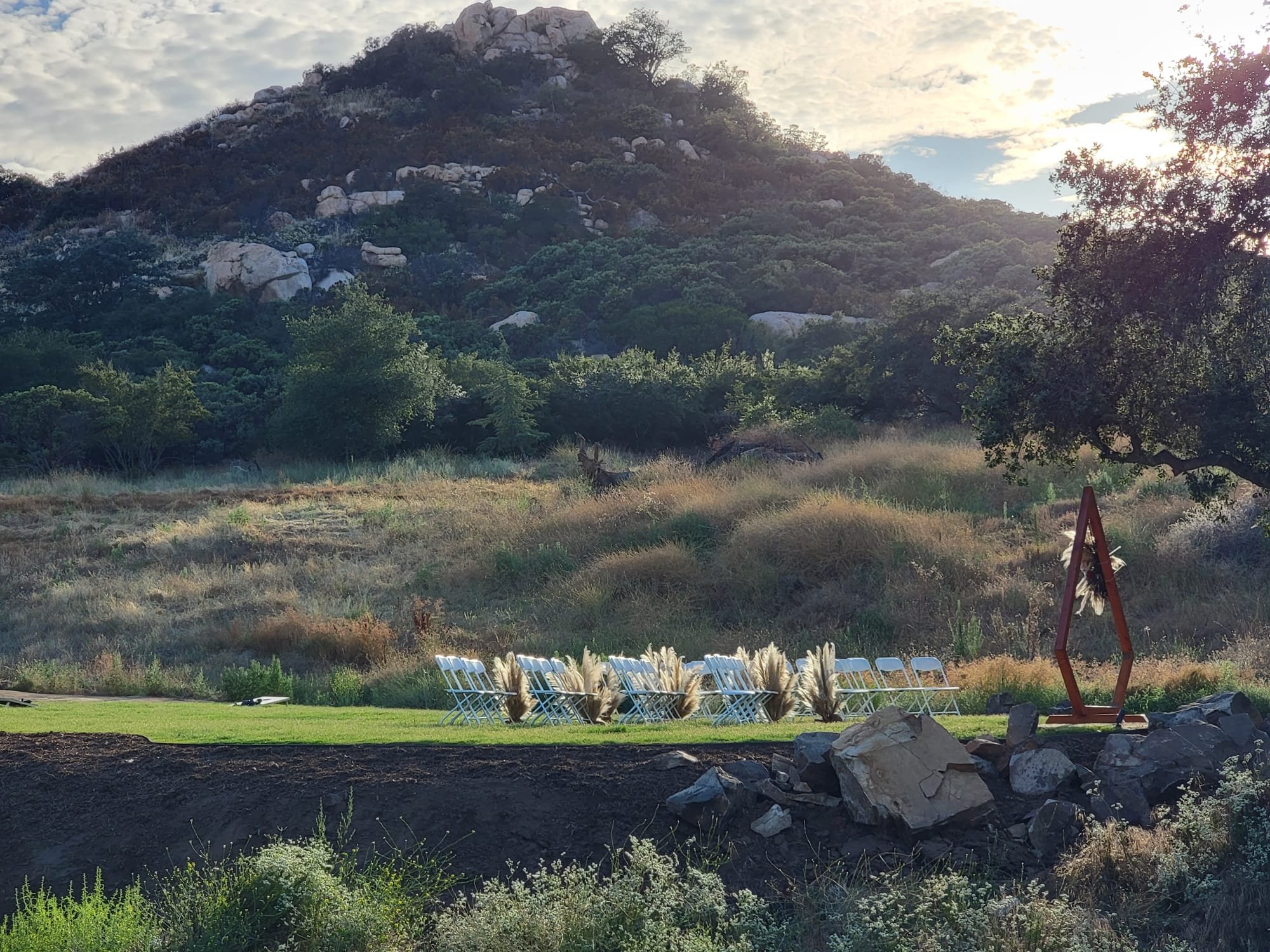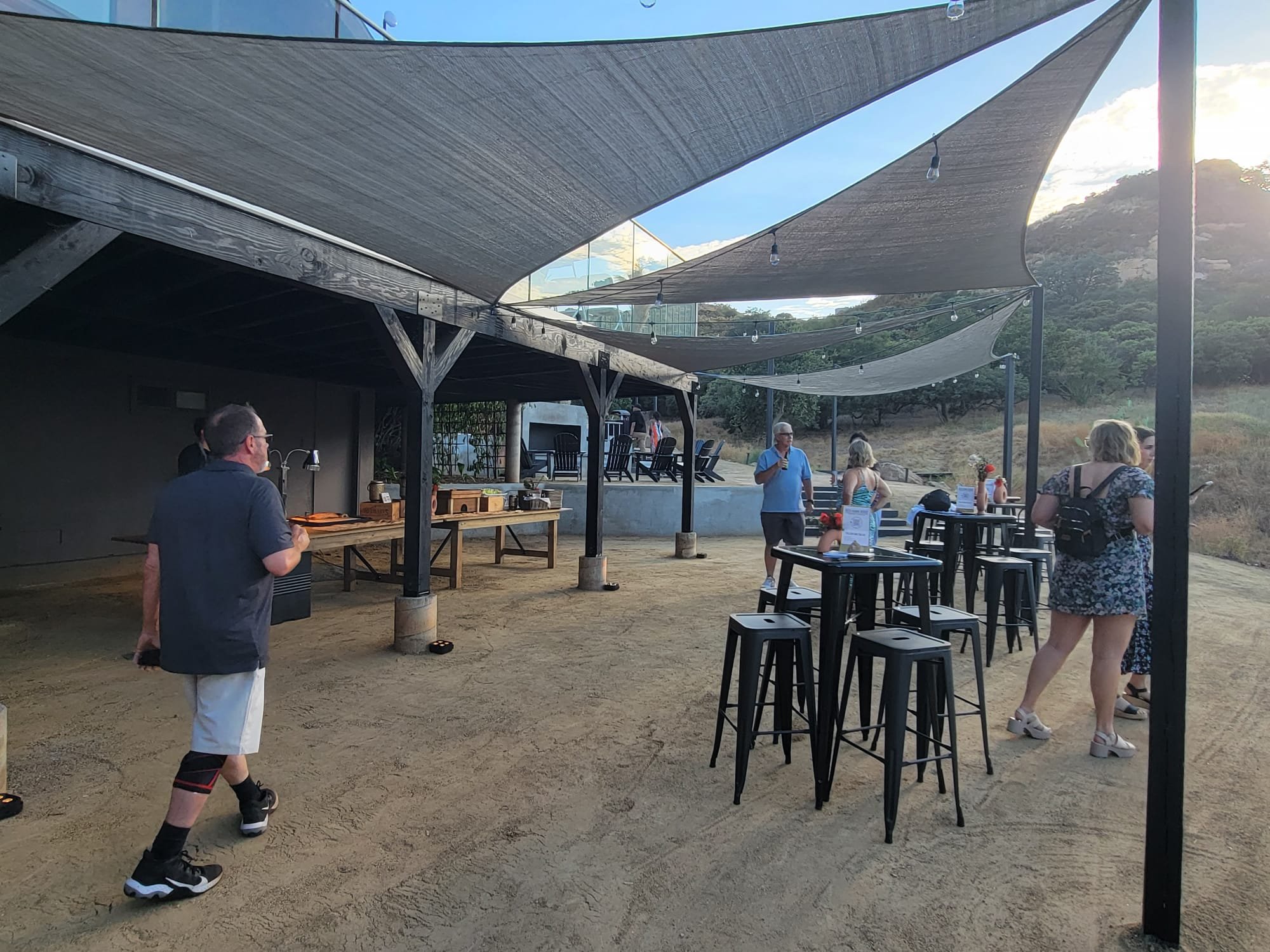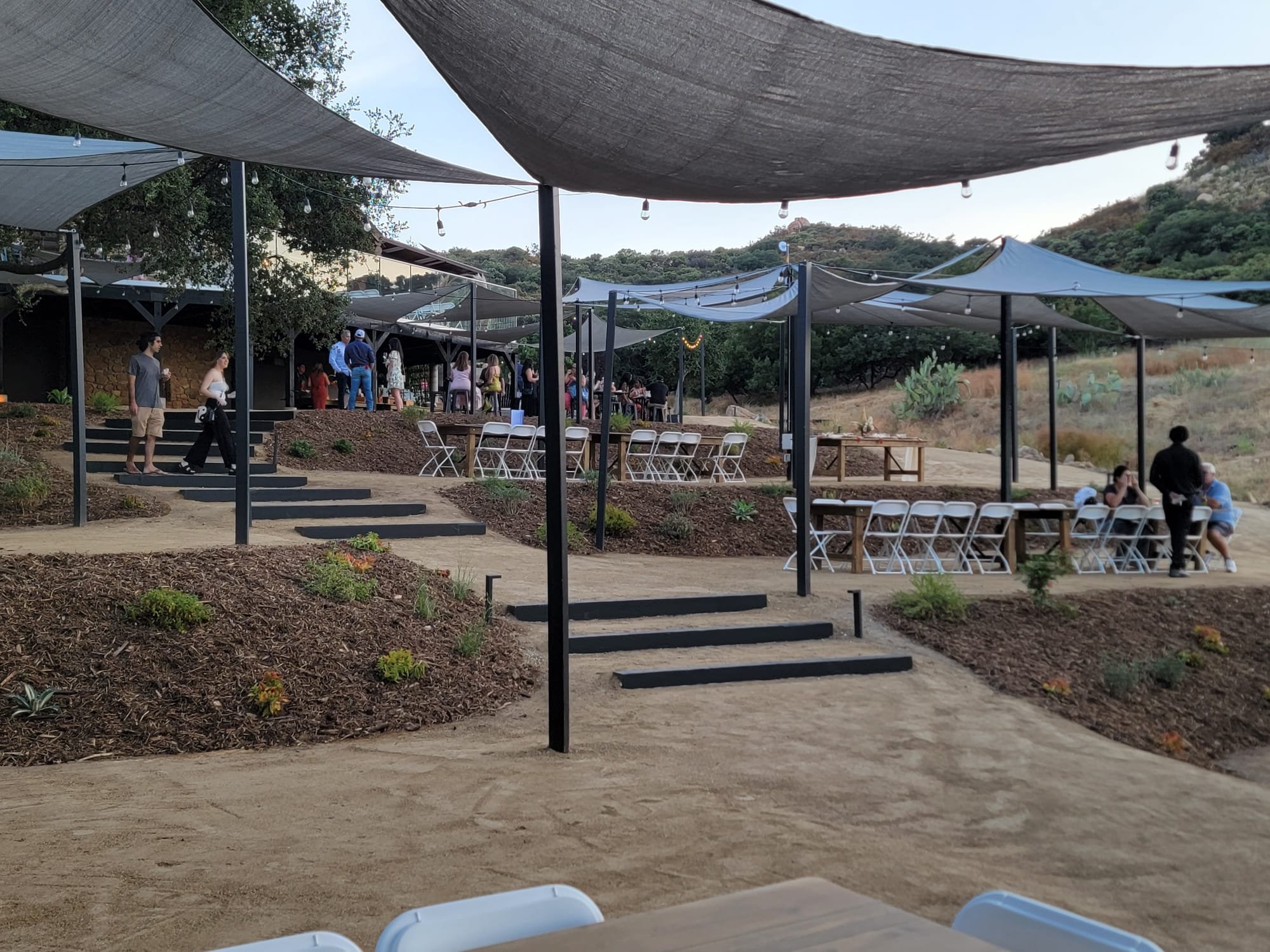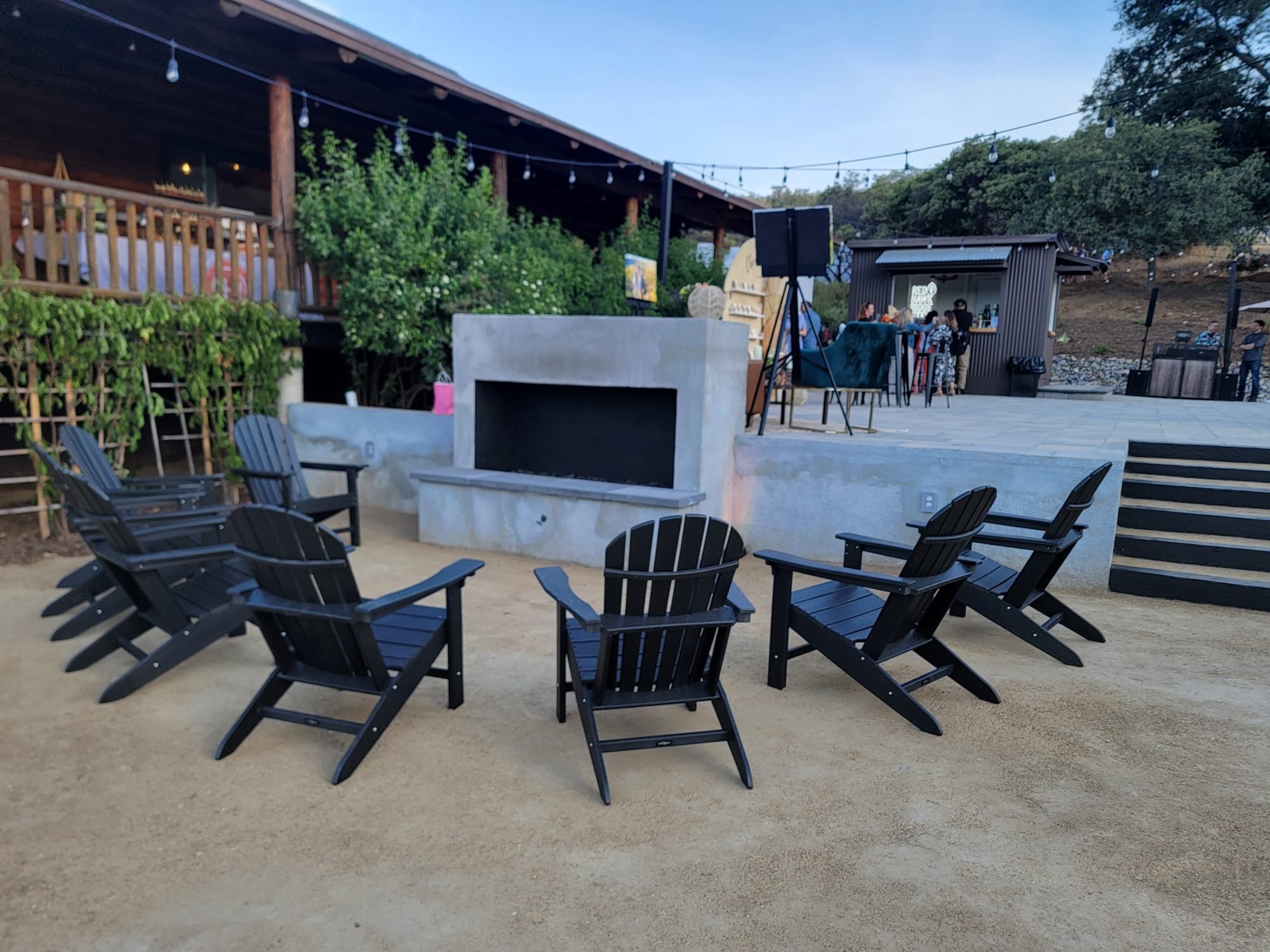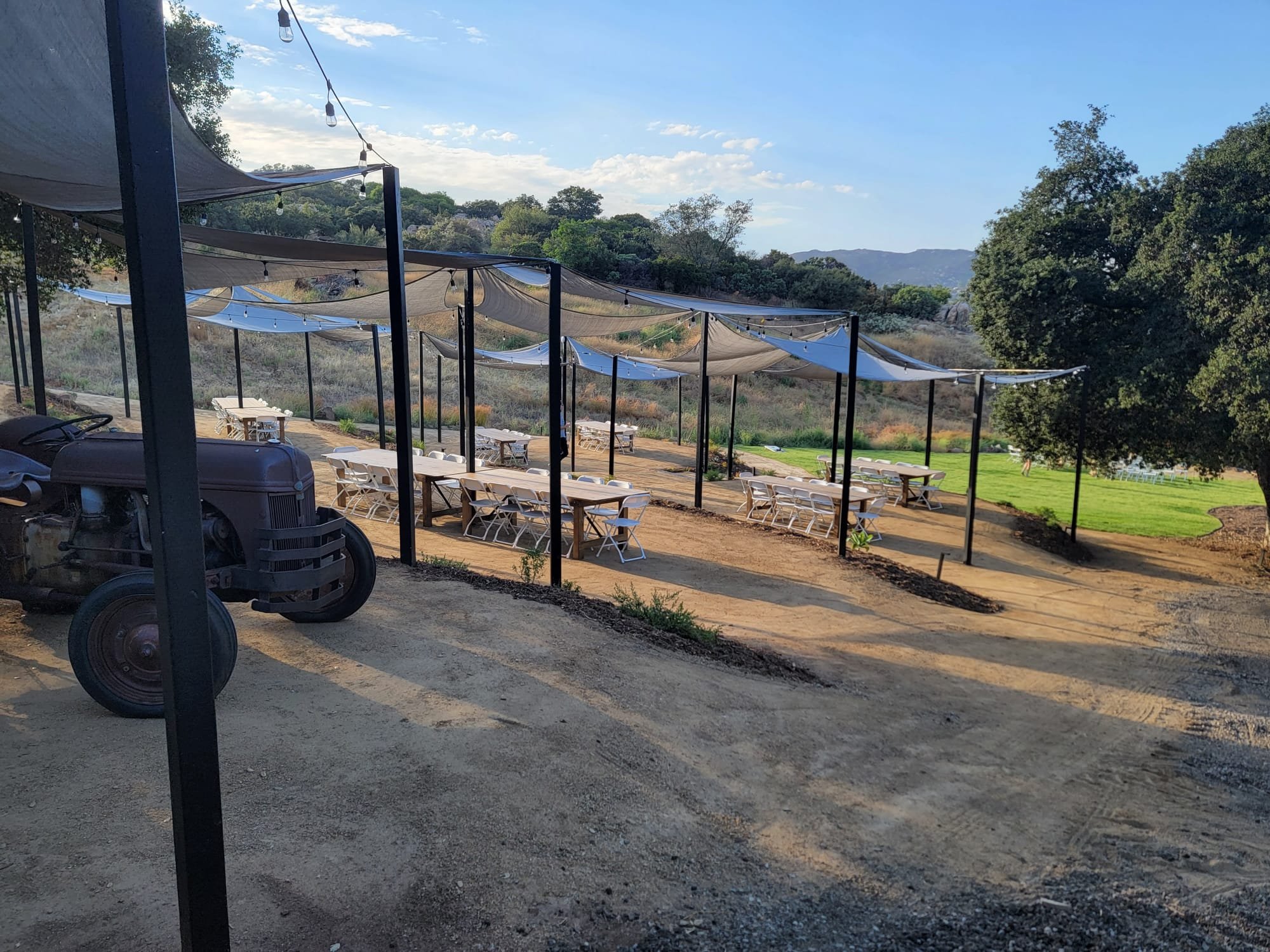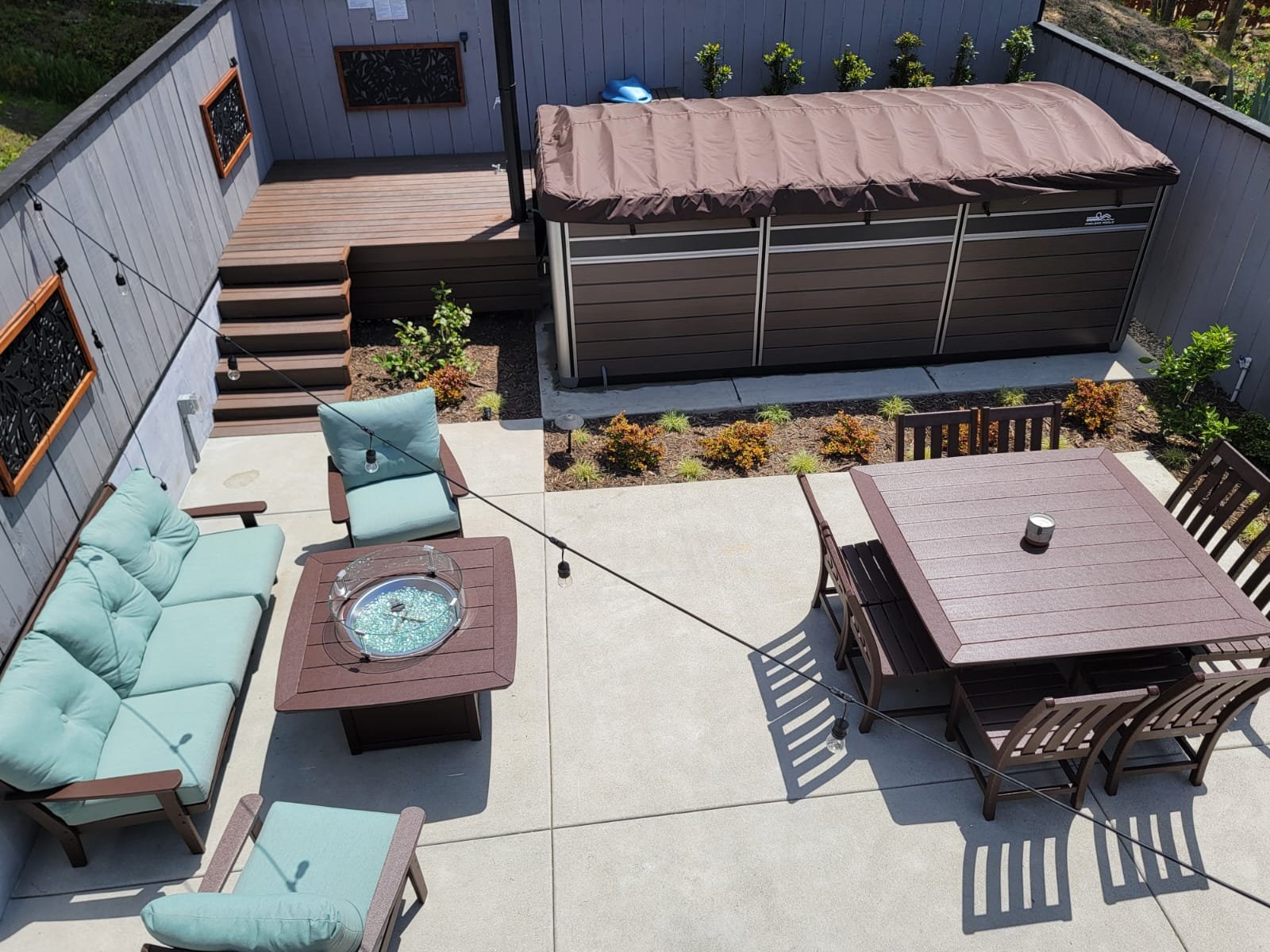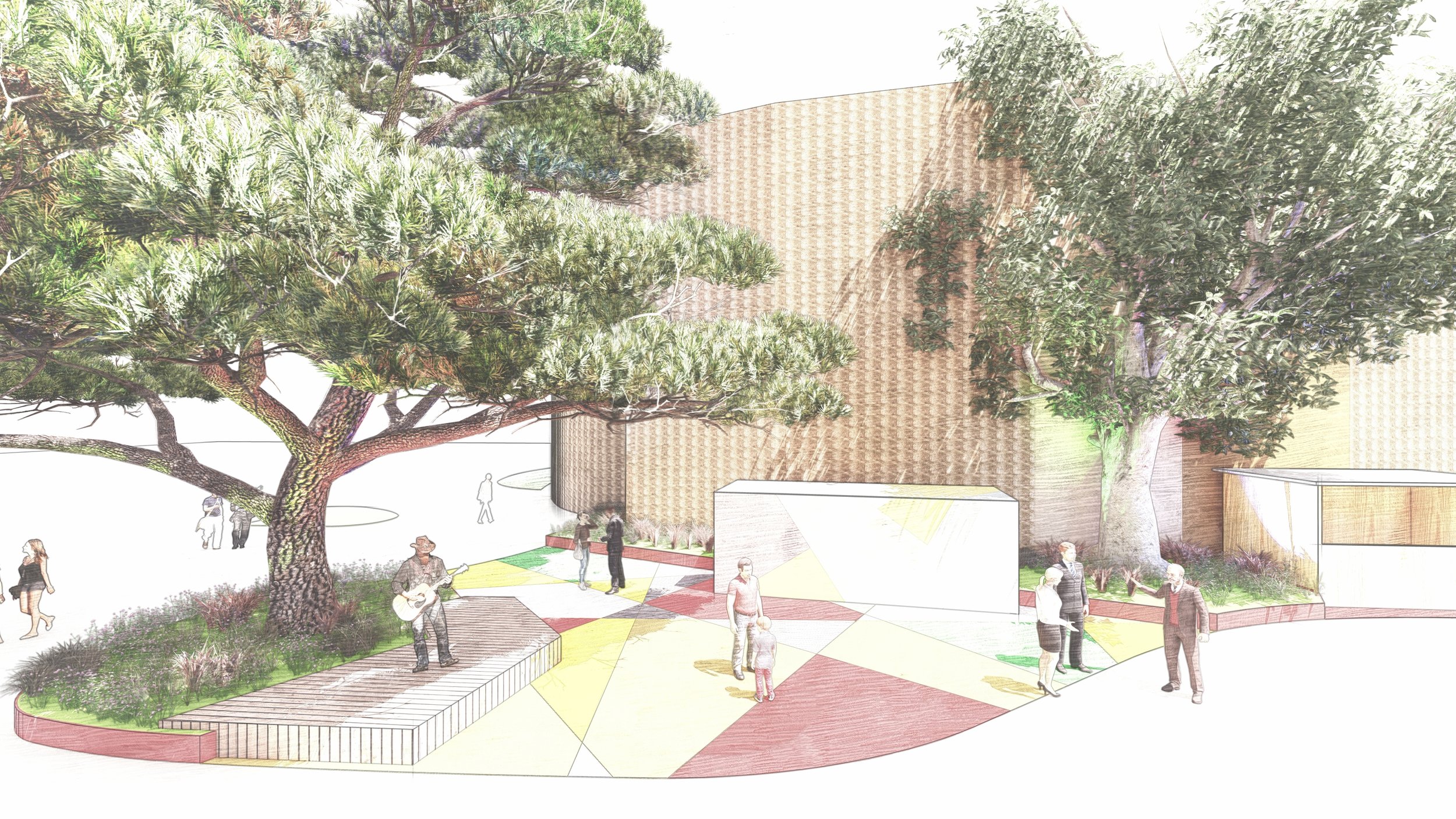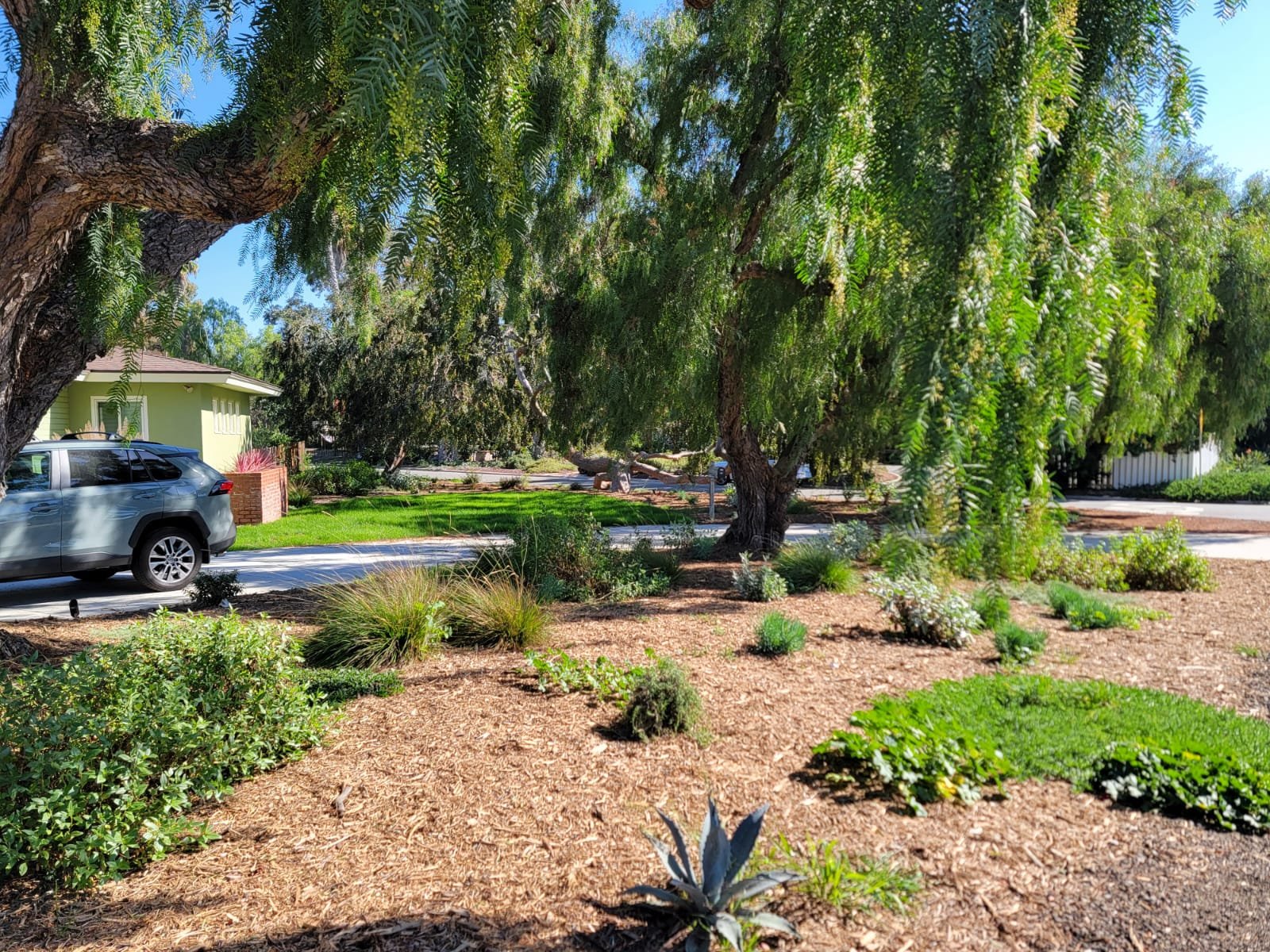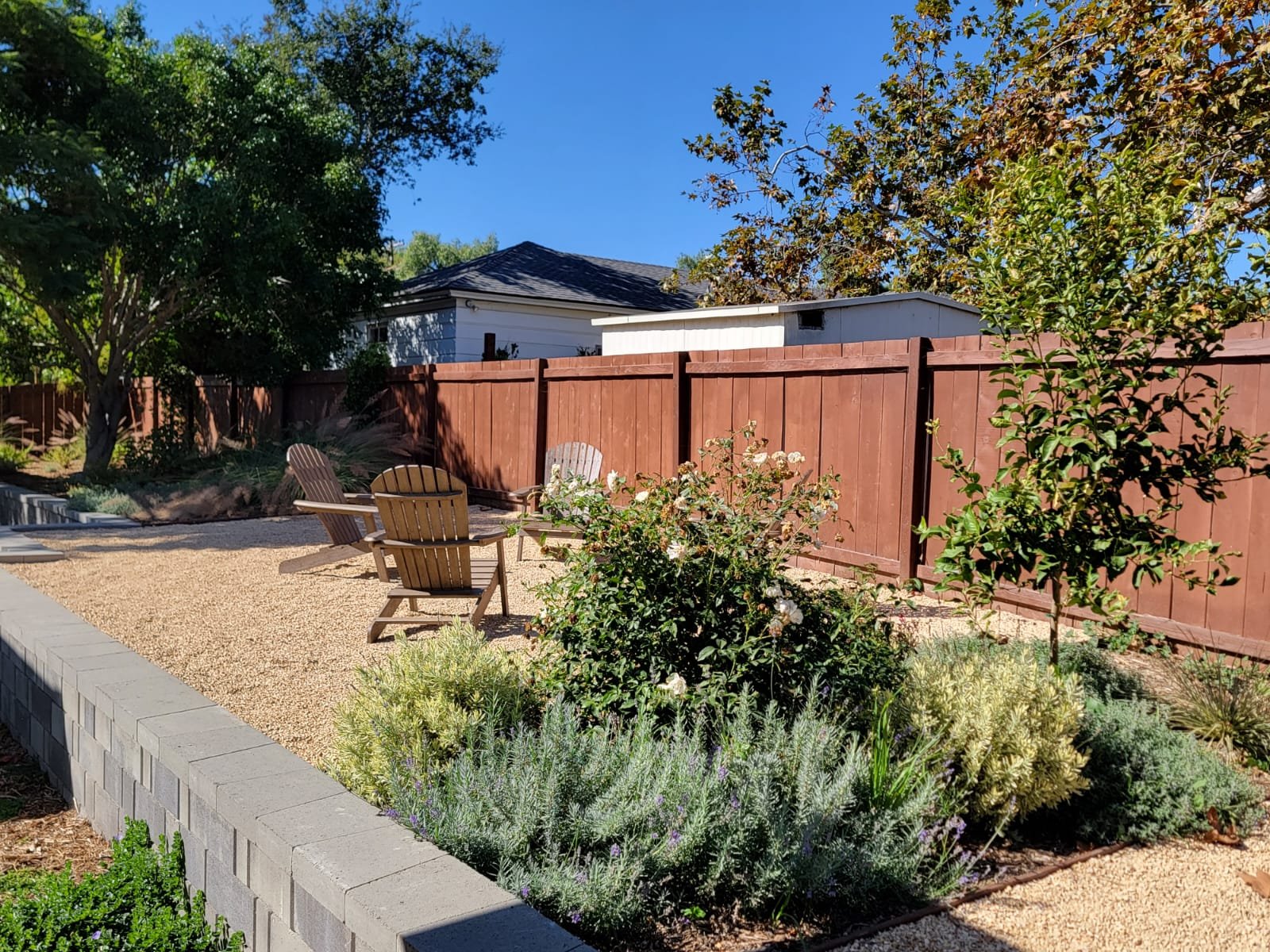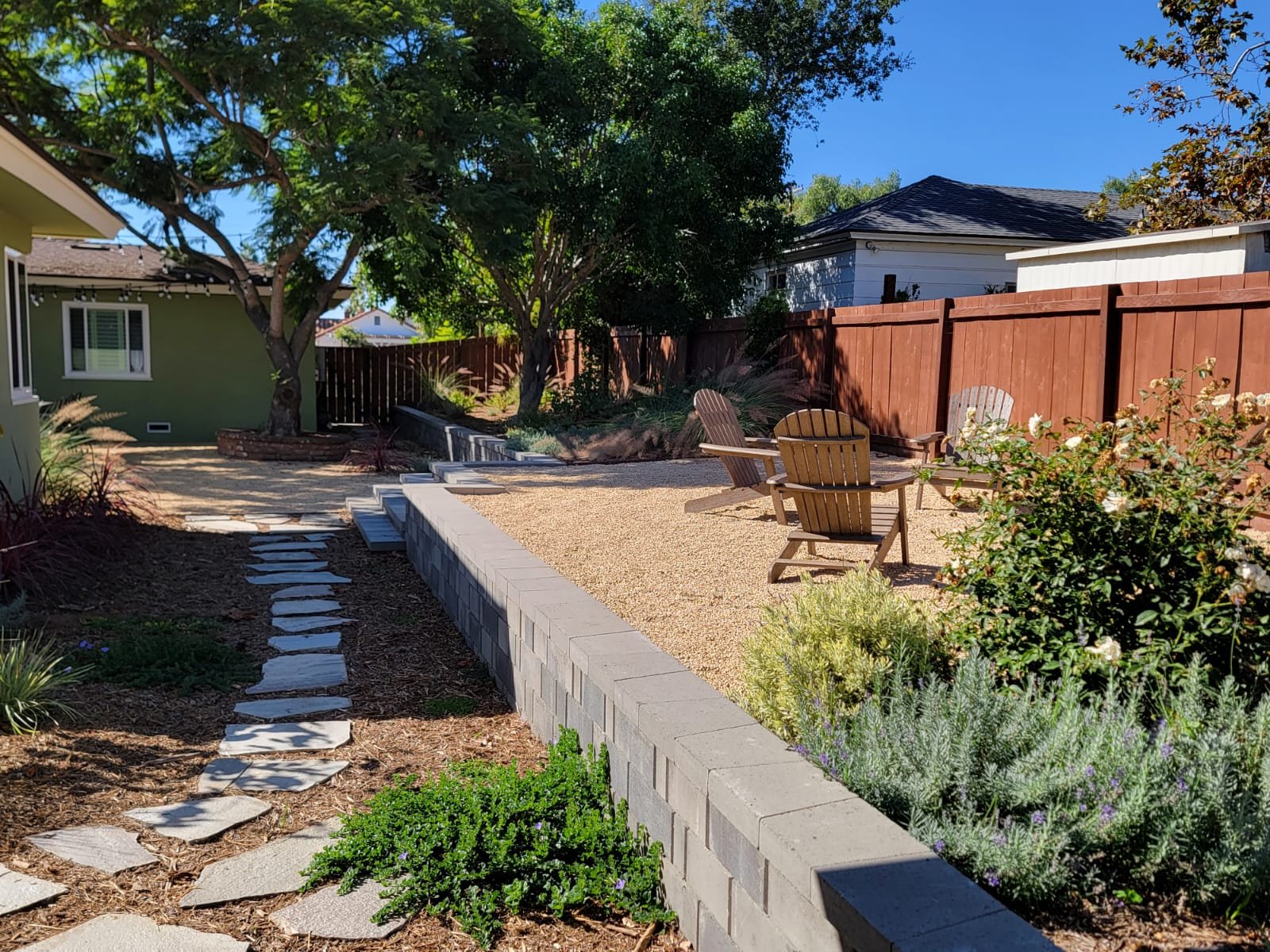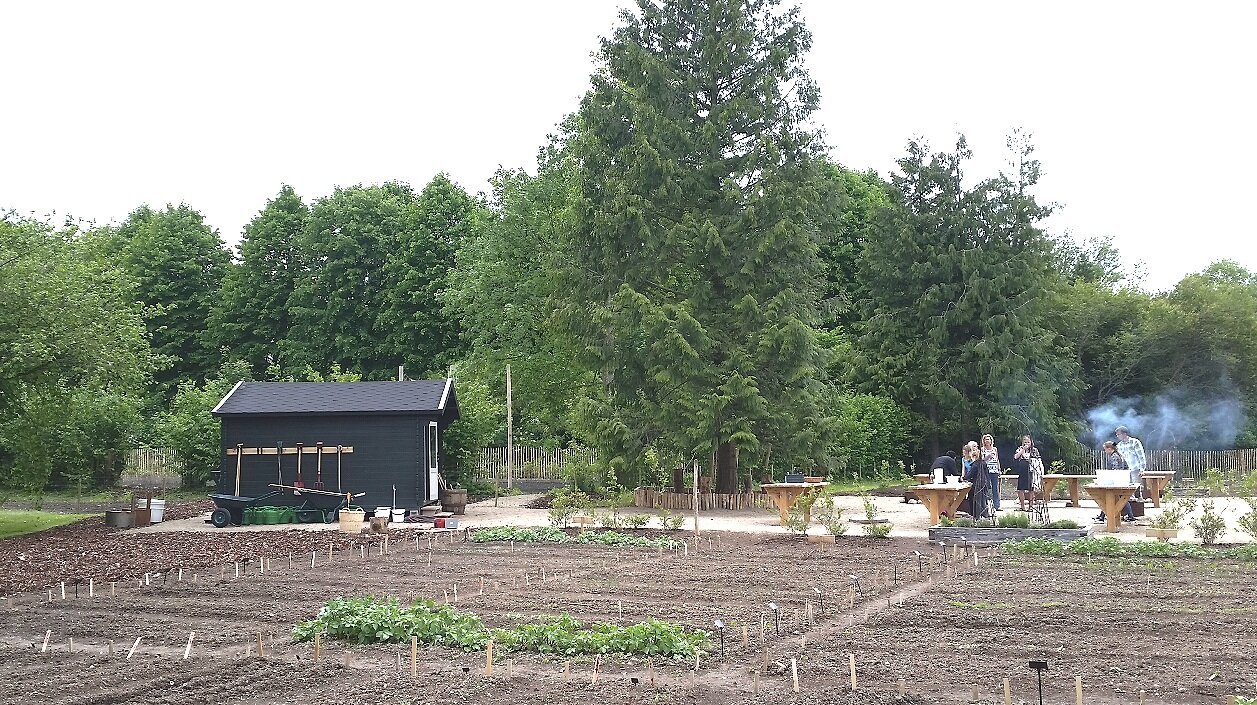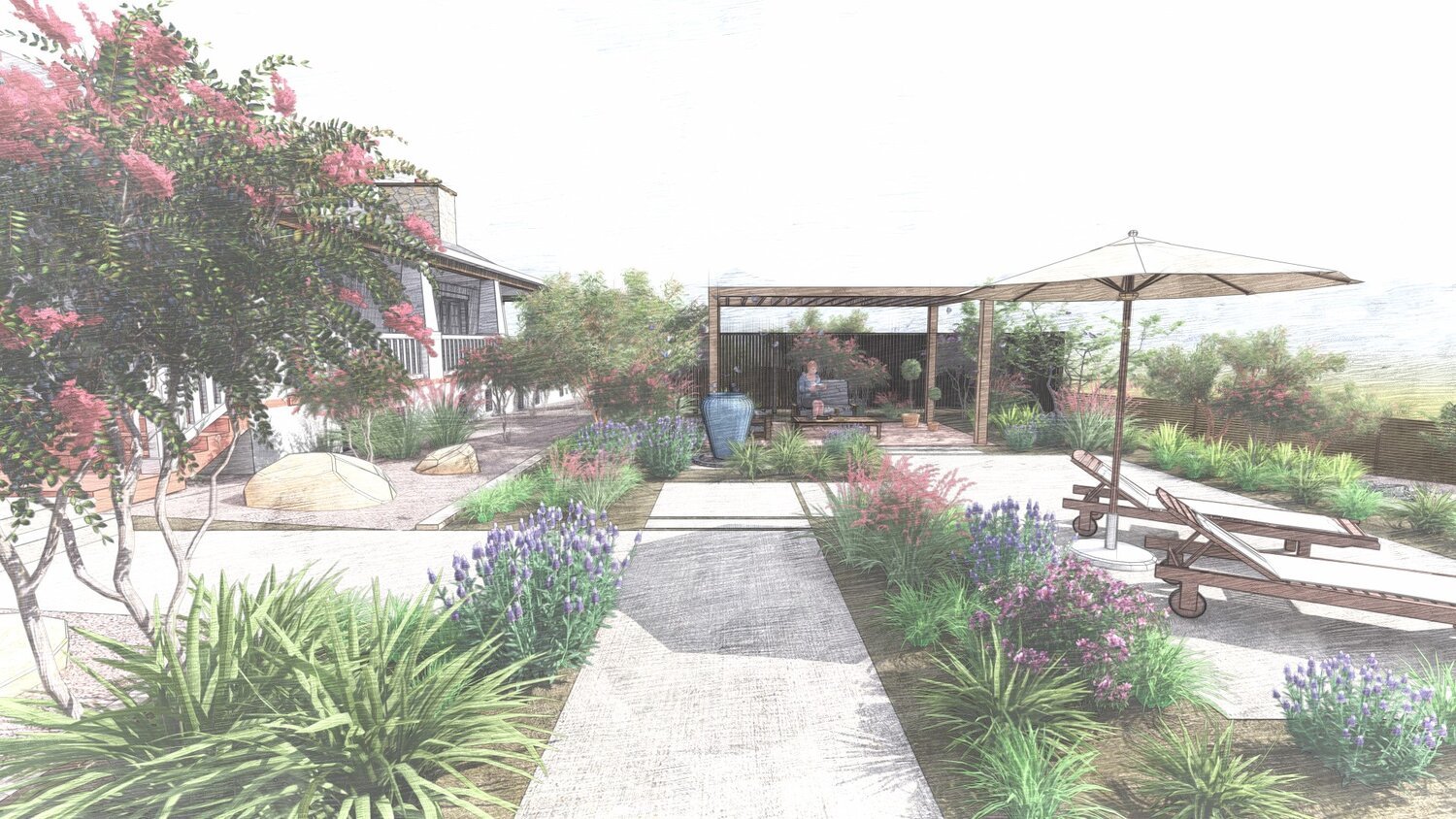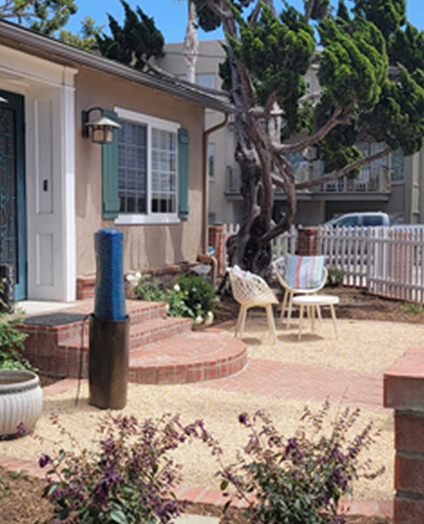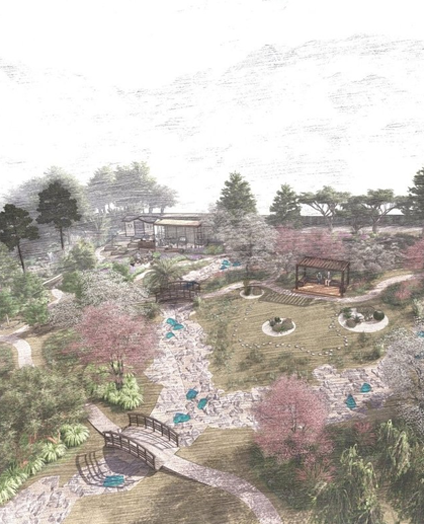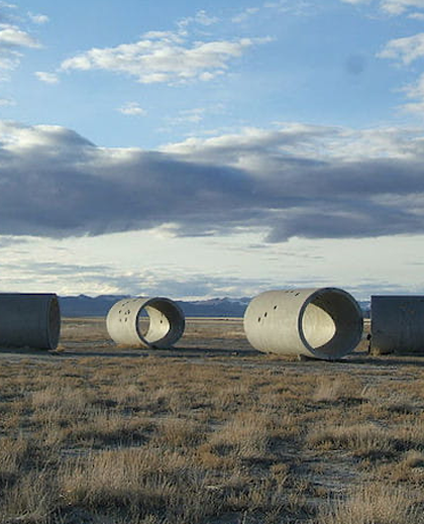History of Landscape Design in Del Mar, San Diego, California
Del Mar is a beautiful coastal city located in San Diego County, California. Here are some gardens you might want to visit in Del Mar:
01San Diego Botanic Garden: Located in nearby Encinitas, the San Diego Botanic Garden features over 4,000 plant species from around the world. The garden includes a variety of gardens, including a desert garden, a tropical rainforest garden, and a Mediterranean garden.
02 The Flower Fields at Carlsbad Ranch: Also located in nearby Carlsbad, the Flower Fields at Carlsbad Ranch is a 50-acre flower farm that is open to the public from March through May each year. Visitors can enjoy a stunning display of colorful ranunculus flowers and take a wagon ride through the fields.
03 Torrey Pines State Natural Reserve: While not a formal garden, the Torrey Pines State Natural Reserve is a beautiful natural area that features a variety of plant species, including the iconic Torrey Pine tree. Visitors can hike through the reserve and enjoy stunning views of the Pacific Ocean.
04 Seagrove Park: Seagrove Park is a beautiful oceanfront park in Del Mar that features a variety of plant species, including succulents, cacti, and native plants. Visitors can enjoy a picnic on the grassy areas of the park and take in the stunning views of the Pacific Ocean.
05 Del Mar Fairgrounds: The Del Mar Fairgrounds is a large event venue in Del Mar that features a variety of gardens and outdoor spaces. The venue hosts several events throughout the year, including the San Diego County Fair, which features a beautiful flower and garden show.

These are just a few of the gardens and natural areas that visitors to Del Mar can enjoy. Each garden offers its own unique beauty and character, making it well worth a visit.
contact us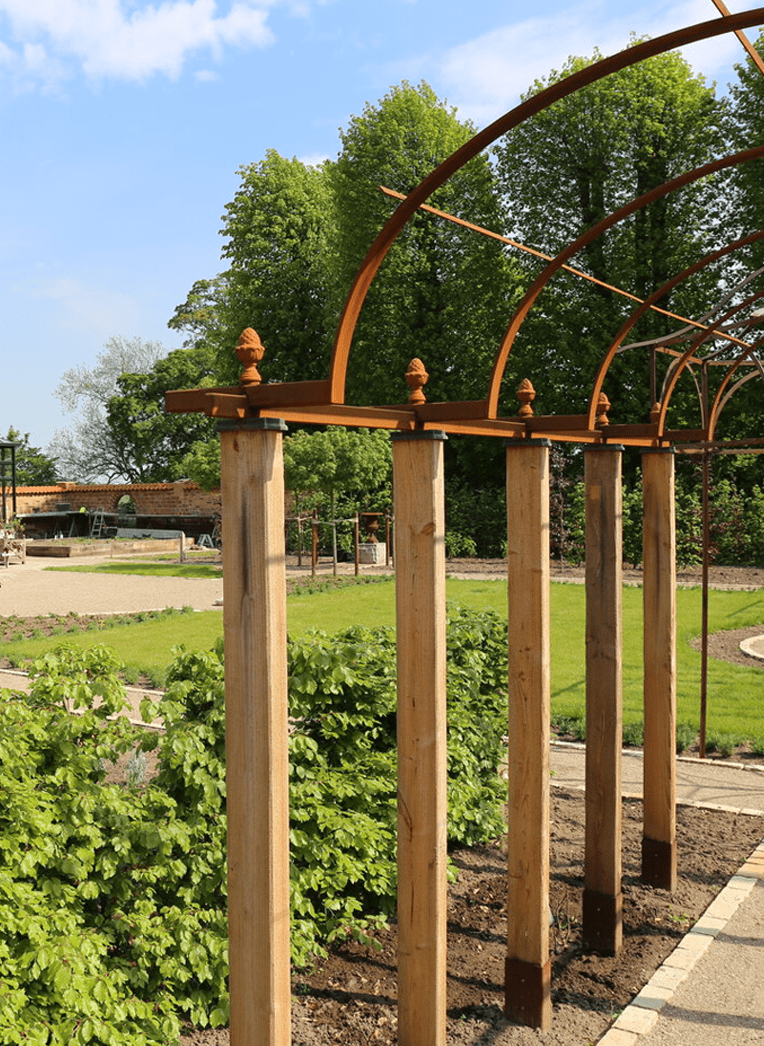
Plants selection for Del Mar
Del Mar, California has a Mediterranean climate with mild, wet winters and warm, dry summers. Here are some of the best plants to plant in Del Mar:
01Succulents: Succulents are a great choice for Del Mar because they are drought-tolerant and require very little maintenance. Some popular succulents to plant in Del Mar include agave, aloe, and jade.
02Mediterranean herbs: Del Mar's climate is similar to the Mediterranean, so herbs like rosemary, thyme, and oregano thrive in the area. These herbs are drought-tolerant and can be used in cooking.
03California native plants: Planting California native plants is a great way to create a beautiful and sustainable garden in Del Mar. Some popular native plants include California poppy, manzanita, and ceanothus.
04 Citrus trees: Citrus trees like lemon, lime, and orange do well in Del Mar's climate. They require regular watering but can produce fruit year-round.
05 Bougainvillea: Bougainvillea is a colorful and drought-tolerant plant that thrives in Del Mar. It can be trained to grow on trellises or as a shrub.
06 Lavender: Lavender is a fragrant and drought-tolerant plant that does well in Del Mar's climate. It can be used in cooking and as a natural air freshener.
Overall, the best plants to plant in Del Mar are those that are drought-tolerant and can thrive in the area's Mediterranean climate. By choosing plants that are well-suited to the local environment, you can create a beautiful and sustainable garden in Del Mar.
contact usFeatured Projects
Some of the Architectural Styles that you may find in Del Mar
CONTEMPORARY GARDEN DESIGN: Contemporary landscape architecture is not the same as modern landscape design. While modern landscapes are distinguished by their sleek, hard-edged minimalist including the use of materials such as concrete and metals, contemporary landscape architecture chooses a more natural appearance with wood accents.
It's probably best to define contemporary design by stating what it is not: it's not stiff, it's not conventional, but it's also not devoid of structure. Contemporary landscaping might be varied, but it is not a mishmash of styles. The most significant distinction between contemporary and traditional landscape designs is volume; while contemporary landscaping does not follow the same set of hard and fast guidelines as modern landscape design, it nevertheless adheres to the notion that less is more.
When creating a contemporary landscape, your fundamental objective is to enhance what is currently present. Check if there are any native trees that need to be clipped and require a fresh layer of manure, chips, or straw applied around their bases. Look if it is essential to eliminate or modify hardscapes to produce finer lines on the land. See if you can relocate, simplify or streamline flower beds and shrubbery, to create a simpler, more natural appearance.
The combination of straight-line wood pieces and shapely pebbles lends a modern touch. Flowers aren't unwanted, but they should certainly be strategically planted and maintained inside boundaries by ornamental grass or within beds. Curves, unlike in modern landscape design, are not forbidden. Rocks and gravel can be utilized, and wood or tile spacers can be used to soften the rounded edges of curving walkways.
This landscape design concept is family-friendly and forgiving, making it simpler to plant around pools, playsets, and patios. Seating spaces and furniture should have distinct lines, although nearby plant life can be gentler.
contact usContemporary landscape design complements modern architectural designs, particularly wood or concrete homes with dynamic angles. However, it also cleverly updates conventional home styles. Two-story brick colonial with a concrete walkway line surrounded by landscape timbers and filled with monochrome river stones makes a strong statement.
LASD Studio Services: Landscape Architecture, Sustainability & Design.
Our design studio delivers Garden Design , Landscape architecture and Urban Design Projects internationally. Each of our designs distinguishes with high-quality details, attention to the specific epoch of architecture style, climate zone, sustainability issues, and of course wishes of our clients.
LASD Studio fields of expertise are (private, public, and institutional):
 Garden Design, Landscape Design & Exterior Design
Garden Design, Landscape Design & Exterior Design
 Landscape Architecture
Landscape Architecture
 Urban Design
Urban Design
 Regional Landscape Design
Regional Landscape Design
 Private, Public, and Institutional Landscape Design and Landscape Architecture Services worldwide.
Private, Public, and Institutional Landscape Design and Landscape Architecture Services worldwide.
Land Art, planting plan selection, Landscape Design, and Landscape Tender Preparation.
TRANSITIONAL GARDEN DESIGN
Transitional landscaping is the use of hardscape or planting concepts to provide detail and style to your gardens. Consider it a method to make your own outside "rooms." Most gardens will blend both to varying degrees and are typically classed as either acute or gradual.
Constructing a retaining wall or installing a fence may greatly improve the structure and organization of your garden space. Fences, walls, and hedges, which are constructed from an array of materials, are effective ways to modify or affect orientation. They may, however, be employed for a more progressive transitional landscaping design if you get inventive. All you'll need to do is prepare ahead of time and analyze your available space. You may also cut your hedges with softer edges to provide a more gradual and peaceful transition.
Transitional landscaping designs such as garden walkways are both useful and attractive. Brick, mulch, stone pavers, or even used pallets may be used to make them, just like borders. Paths are not only physically pleasing, but they are also a safe and convenient method to link yard areas. Simply search your property for areas that would naturally link, and you'll have discovered your way.
Dry stream beds might assist if your property has slopes or low regions that absorb extra water. Simply told, they're a lovely and natural transition in the landscape. These natural water features will come to life on rainy days and prevent water from accumulating in your yard.
ECLECTIC GARDEN DESIGN: There is no cardinal rule in landscaping that states that you cannot blend design styles. Indeed, two of the most well-known early-twentieth-century garden designers, architect Edwin Lutyens and plant woman Gertrude Jekyll were famed for doing precisely that. Lutyens created hardscapes and utilized Jekyll's intuitive ability to select plants that would create a one-of-a-kind garden area.
The hardscape designs serve as both the skeleton and the distinguishing aspects of your final landscape. Consider how you may employ hardscaping's basic geometry to construct paths, plant beds, terraces, and water features. Then, look outside the box to give them a unique or creative touch.
Furthermore, classical landscape designs are more manly in nature. Straight edges, symmetrical, geometric forms, and solid limits are all important. You may enjoy the grandeur of a conventional hardscape design while softening the edges with rounded, draped, and blooming plants.
We talked about blending the traditional hardscape layout with a new spin. Many approaches can be used. One idea is the incorporation of a standard concrete sidewalk into the course of a water feature. During the warm, dry season, include art pieces and employ sculptures to bring the unusual to your landscape. A series of flower pots are traditionally planted with consistently formal plants. You can change the custom by putting in softer, asymmetrical flora.
The entryway to the home is frequently a place where architects gravitate to a more traditional setting, as it offers a more striking impact. You may have a very conventional and formal doorway while yet feeling the beautiful and feminine vibe supplied by groundcover that spills over onto pathways.
Choose the greatest fit for your yard from these ideas and inspirations, and then design a landscape of your choosing to complete your ideal outdoor environment.
contact us— Landscape Architecture, Sustainability, Design.

